According to Resolution No. 60 of the 11th Conference of the 13th Party Central Committee, the Central Committee agreed on the policy of rearranging provincial-level administrative units nationwide into 34 units, including 28 provinces and 6 centrally-run cities. Of which, Ba Ria - Vung Tau province, Binh Duong province and Ho Chi Minh City will be merged; named Ho Chi Minh City, with the political - administrative center located in Ho Chi Minh City.
Many economic and urban experts expect the new Ho Chi Minh City to be a megacity in Asia, with the potential, motivation and opportunity to develop into one of the economic and financial centers of the region.
Soon to become the world 's logistics center
Economic expert Tran Quang Thang, Director of the Ho Chi Minh City Institute of Economics and Management, emphasized that the merger of Ho Chi Minh City with Ba Ria - Vung Tau and Binh Duong will open up space, unleash resources, and bring many strong development drivers, especially when taking advantage of the seaport system of Ba Ria - Vung Tau.
With Ba Ria - Vung Tau's modern seaport system, the merger will help increase cargo transportation capacity, develop logistics and promote the marine economy. This could turn Ho Chi Minh City into a leading logistics center in the region and the world. The establishment of logistics centers and free trade zones in Ba Ria - Vung Tau will help attract international investors, promote trade and create job opportunities, and enhance economic competitiveness.
Cai Mep - Thi Vai deep-water port cluster (Ba Ria - Vung Tau) (Photo: Hoang Binh).
According to expert Tran Quang Thang, the merger of the three localities in the Southeast region will create favorable conditions for investment and upgrading of inter-regional transport infrastructure. In particular, highways and public transport systems will help connect satellite cities of the three localities. This will help effectively connect industrial parks, export processing zones, and residential areas in Ho Chi Minh City, Binh Duong, and Ba Ria - Vung Tau, creating momentum for economic development. When this merger is implemented, the economic scale of Ho Chi Minh City can account for nearly 30% of the country's GRDP.
In addition, this expert also emphasized that Ba Ria - Vung Tau is famous for its beautiful beaches and tourism potential. When merging, Ho Chi Minh City can take advantage of this to develop inter-regional tourism, attracting international and domestic tourists. The merger will also create a megacity with modern, synchronous infrastructure, improving the quality of life, health care, education and public services of all three localities.
"The merger could establish the new HCMC as a leading economic hub in Southeast Asia, leveraging its strategic location, advanced infrastructure and strong logistics capabilities. I believe that with careful planning, the area can become a model for sustainable urban and industrial development, balancing growth with environmental protection. The integration of deep-sea ports and international airports will strengthen global trade links, attract foreign investment and boost economic competitiveness. People can benefit from better infrastructure, services and employment opportunities, creating a more livable and prosperous environment," Mr. Tran Quang Thang added.
Sharing the same opinion with expert Tran Quang Thang, Dr. Pham Viet Thuan, Director of the Institute of Economics - Natural Resources and Environment of Ho Chi Minh City, said that the merger of Ho Chi Minh City with Ba Ria - Vung Tau and Binh Duong will create momentum and link to develop a very effective logistics supply chain. Because these are 3 localities with many industrial parks and enterprises in the Southeast region.
With the Prime Minister approving the policy of building Can Gio International Transit Port, Mr. Thuan emphasized that Ho Chi Minh City focuses resources to invest heavily in the connection direction from Can Gio. In particular, urgently build Can Gio bridge, high-speed railway, sea-crossing bridge to Vung Tau city and possibly build an urban railway connecting Can Gio with Vung Tau. Can Gio will be a new development pole for urban connection, especially a logistics center when combined with the existing Cai Mep - Thi Vai port cluster and Cat Lai port.
Can Gio international port in the future (Photo: Ho Chi Minh City People's Committee).
According to Mr. Thuan, when merging Ho Chi Minh City with Ba Ria - Vung Tau, the connection of existing seaports and deep-water seaport projects under construction will be the driving force to help the new Ho Chi Minh City become a logistics center with a large international seaport system, as a driving force to attract and become the world's maritime trade center.
"The new Ho Chi Minh City will have many large international ports such as Cai Mep - Thi Vai port cluster, Can Gio transit port, Cat Lai port... which will help the locality to conveniently distribute goods, international partners and customers. At that time, Ho Chi Minh City will own many large deep-water port clusters, conveniently attract investment and soon become the world's cargo transit gateway," Mr. Thuan commented.
Experts also emphasized that the merger of Ho Chi Minh City with Ba Ria - Vung Tau and Binh Duong is a great opportunity to develop a world-class logistics center. The development of Cai Mep - Thi Vai port cluster will be prioritized to become an international gateway, serving import and export and international cargo transit.
Traffic connection is very convenient
Ho Chi Minh City, Binh Duong, and Ba Ria - Vung Tau are always among the localities with the largest budgets in the country, and are important "growth poles" of our country's economy. The issue of how to organize the connection of traffic infrastructure between these "growth poles" to exploit the potential and inherent advantages is analyzed by many experts.
Ho Chi Minh City is located in the center of the Southeast region, bordering many provinces, including Binh Duong and Ba Ria - Vung Tau. Compared to other localities, the connection between Ho Chi Minh City and Binh Duong is currently quite convenient thanks to a series of arterial roads: National Highway 1K, National Highway 1, National Highway 13, DT 743, Phu Cuong Bridge, Ben Suc Bridge, Phu Long Bridge, An Binh Road...
Expanding National Highway 13 is one of the BOT projects on existing roads implemented under Resolution 98 (Photo: Nam Anh).
Close to Ho Chi Minh City, convenient transportation, many people working in Ho Chi Minh City choose to buy houses in Binh Duong to save money. Trade between Ho Chi Minh City and Binh Duong is very convenient. Especially Thu Duc City (Ho Chi Minh City) with Di An City, Thuan An City (Binh Duong).
Currently, National Highway 13 is considered the main traffic axis between the two localities, connecting Binh Thanh District to the center of Thu Dau Mot (Binh Duong) and is planned to be expanded to 10 lanes. This is the road connecting the administrative and economic centers of the two localities.
Meanwhile, the Chon Thanh - Thu Dau Mot expressway has been constructed by Binh Duong province, and will connect with the Chon Thanh - Gia Nghia expressway. Ho Chi Minh City is also expected to approve the investment policy for the project of the access road connecting the Chon Thanh - Thu Dau Mot expressway with Ho Chi Minh City Ring Road 2 in the Go Dua area (Thu Duc City). When this route is available, goods from the Central Highlands, Binh Duong... will arrive at Ho Chi Minh City's seaports closer, significantly shortening travel time.
The metro line connecting Ho Chi Minh City and Binh Duong is also being studied for construction. The People's Committee of Binh Duong province has reviewed and approved the project's pre-feasibility study report. This metro line will extend Ho Chi Minh City's Metro Line No. 1 Ben Thanh - Suoi Tien from Suoi Tien Bus Station to Station S1 in Binh Duong New City. The Ho Chi Minh City - Binh Duong Metro Line is expected to be more than 32.4km long, with a design speed of 120km/h, with a total investment of about 64,370 billion VND. The project is proposed to start construction in 2027 and be put into operation in 2031.
According to experts, when Binh Duong merges into Ho Chi Minh City, in terms of regional connection projects such as metro, expressway, expansion of National Highway 13, etc., there will be conditions for synchronous connection and faster promotion.
Ben Luc - Long Thanh Expressway helps connect Ho Chi Minh City with Ba Ria - Vung Tau more closely (Photo: Nam Anh).
Unlike Binh Duong, according to experts, the connection between Ho Chi Minh City and Ba Ria - Vung Tau is still quite limited. To get to Vung Tau, Ho Chi Minh City residents must go through Long Thanh and Nhon Trach districts of Dong Nai via the Ho Chi Minh City - Long Thanh - Dau Giay expressway, National Highway 51, Cat Lai ferry or Can Gio - Vung Tau sea ferry.
In the coming time, Ho Chi Minh City and Ba Ria - Vung Tau will be more conveniently connected when the two expressways Ben Luc - Long Thanh and Bien Hoa - Vung Tau are put into operation. In particular, Ho Chi Minh City, Ba Ria - Vung Tau, Binh Duong and Long An are accelerating the construction progress of Ho Chi Minh City Ring Road 3 with the goal of opening some sections to traffic this year and completing the entire project next year.
At that time, the journey from Ho Chi Minh City to Vung Tau will be more convenient through modern expressways. In addition, the 159km-long Ho Chi Minh City Ring Road 4 project passing through four localities of Ho Chi Minh City, Long An, Dong Nai, and Ba Ria - Vung Tau is being appraised and submitted to the National Assembly for consideration and approval of the investment policy at the meeting next May.
Challenges for HCMC to take off
According to the Southeast regional planning approved by the Prime Minister in May 2024, Ho Chi Minh City is considered the nucleus and growth pole of the region; the economic, financial and service center of Asia, developing on par with major cities in the world, and an attractive global destination. Notably, the planning sets out directions for industrial development, regional and sub-regional linkages, and infrastructure, all with Ho Chi Minh City as the center to expand and form industrial clusters.
These are the electronics industry, semiconductor industry, chip manufacturing and artificial intelligence (HCMC - Binh Duong - Ba Ria Vung Tau), production of household electromechanical products (Binh Duong - Dong Nai). Mechanical industry for manufacturing and assembling automobiles, motorbikes, agricultural machinery (HCMC - Binh Duong - Dong Nai), petrochemical industry and production of chemical products from oil and gas (Ba Ria - Vung Tau); mechanical industry for shipbuilding and floating structures serving oil and gas exploitation (Ba Ria - Vung Tau - Southeast of HCMC)...
When Ho Chi Minh City merges with Binh Duong and Ba Ria - Vung Tau, it will unleash resources for development, but to promote existing values and potentials, experts say that the new Ho Chi Minh City government must immediately overcome many factors.
Expert Tran Quang Thang said that the consolidation of the budget and public assets will create conditions for investment in key projects, avoiding duplication and fragmentation of investment. However, to achieve these benefits, Ho Chi Minh City must focus on solving the traffic problem between areas separated by mangrove forests and rivers, as well as ensuring sustainable development and environmental protection.
In addition, Ho Chi Minh City is already facing infrastructure overload, from transportation, housing to public services. The merger could increase this pressure if there is no timely plan to expand and upgrade infrastructure.
Mr. Thang also shared that urban and economic development can put great pressure on the natural environment, especially mangrove areas and marine ecosystems. Rapid population growth can cause security, health, education and employment problems if there is no effective management plan.
Experts expect the new Ho Chi Minh City to "take off" when it merges with Ba Ria - Vung Tau and Binh Duong (Photo: Hai Long).
An economic expert also shared that to overcome these challenges, Ho Chi Minh City needs close coordination between management agencies, investment in infrastructure and technology, as well as ensuring consensus from the people.
Solving the above challenges, the merger of Ho Chi Minh City with Binh Duong and Ba Ria - Vung Tau brings about great positive impacts, promoting economic activities and promoting regional integration. Focus on developing satellite towns, wards and communes in the merged area to distribute population and economic activities more evenly, reducing pressure on central areas.
Dantri.com.vn
Source: https://dantri.com.vn/xa-hoi/tphcm-sap-nhap-binh-duong-va-ba-ria-vung-tau-se-thanh-sieu-do-thi-chau-a-20250413152130995.htm



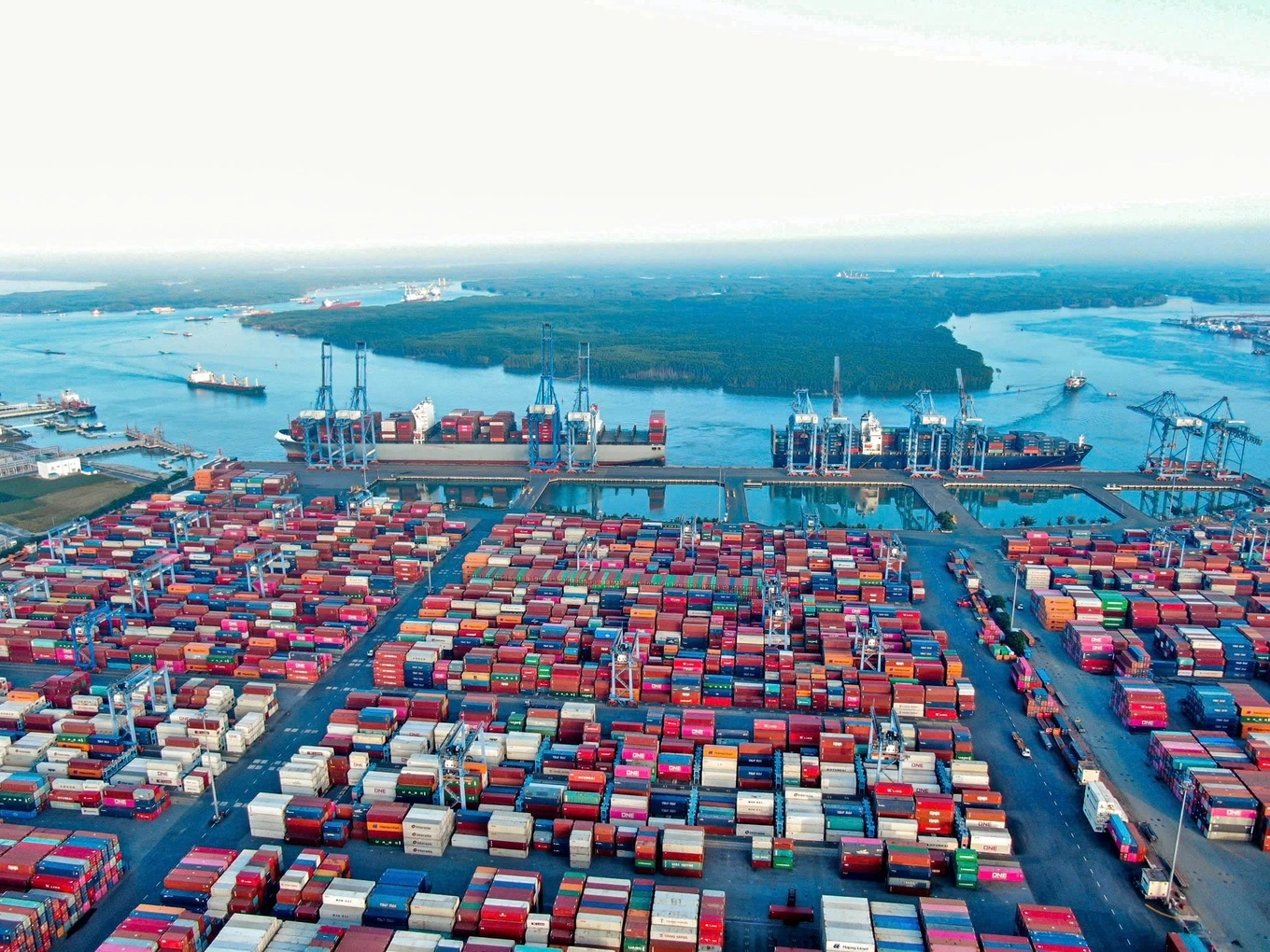
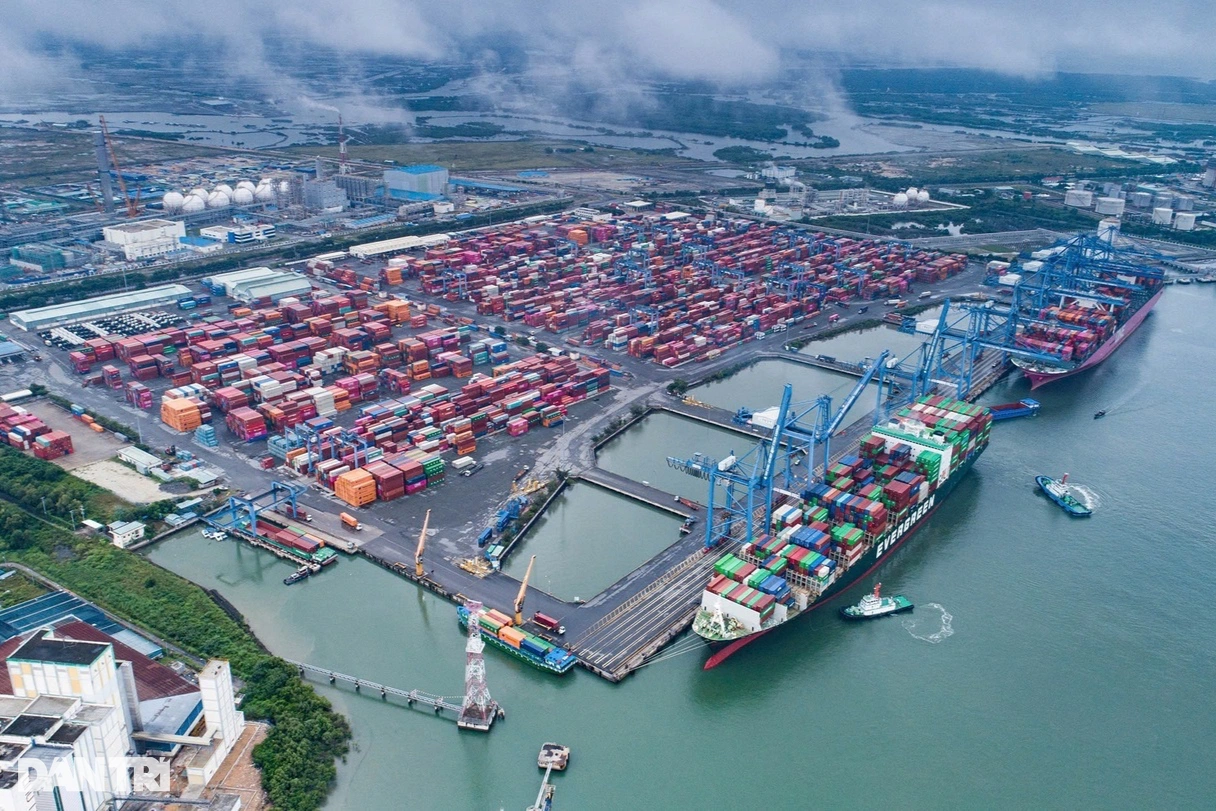
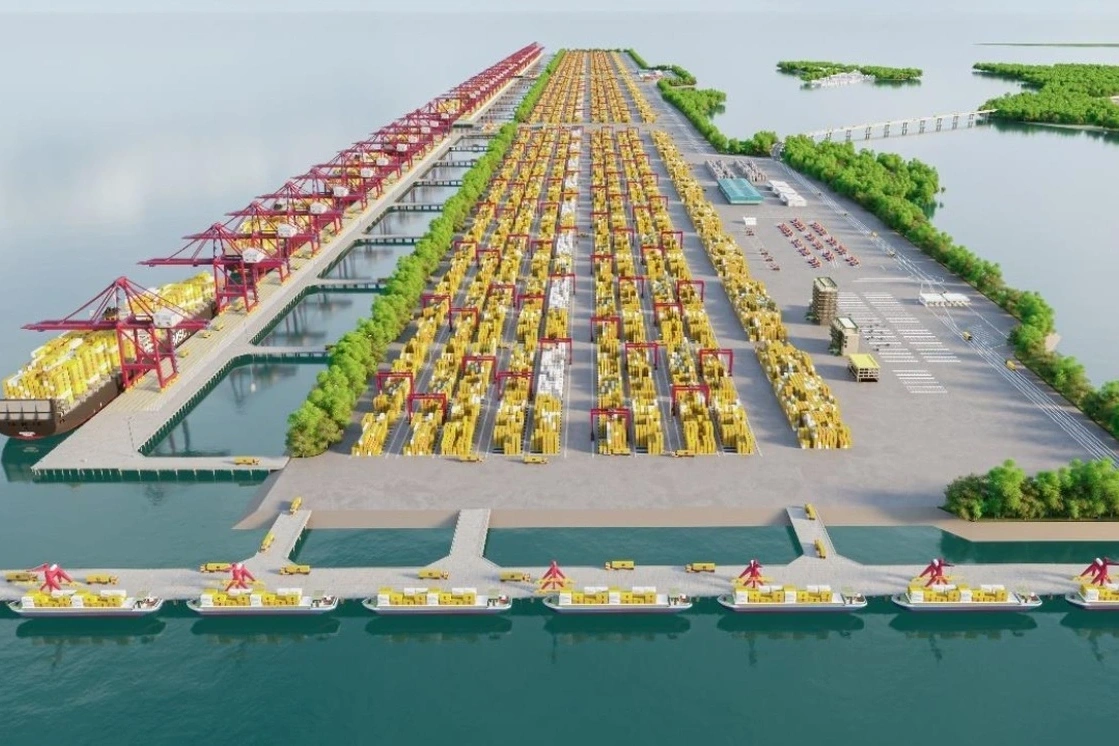
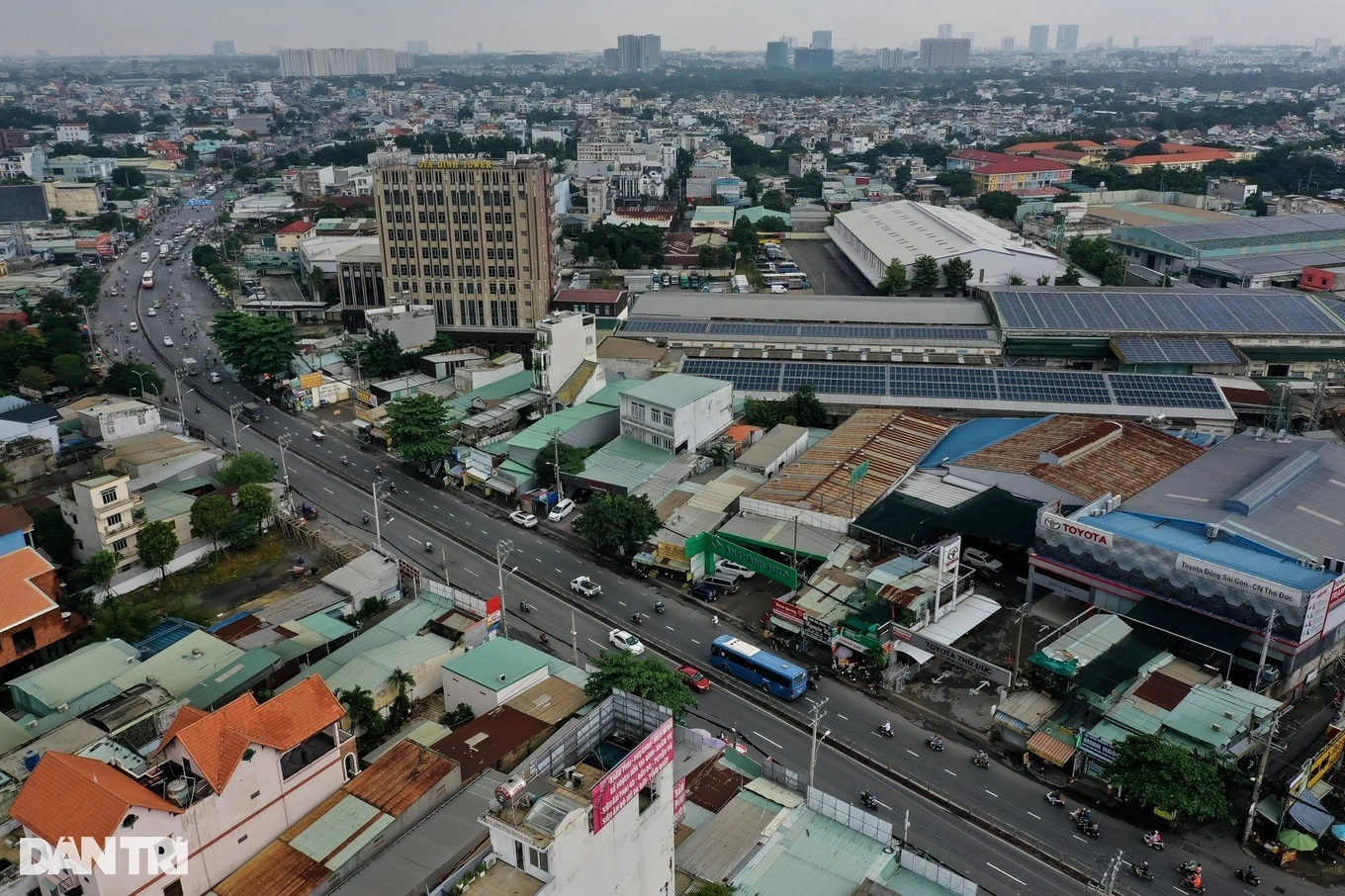
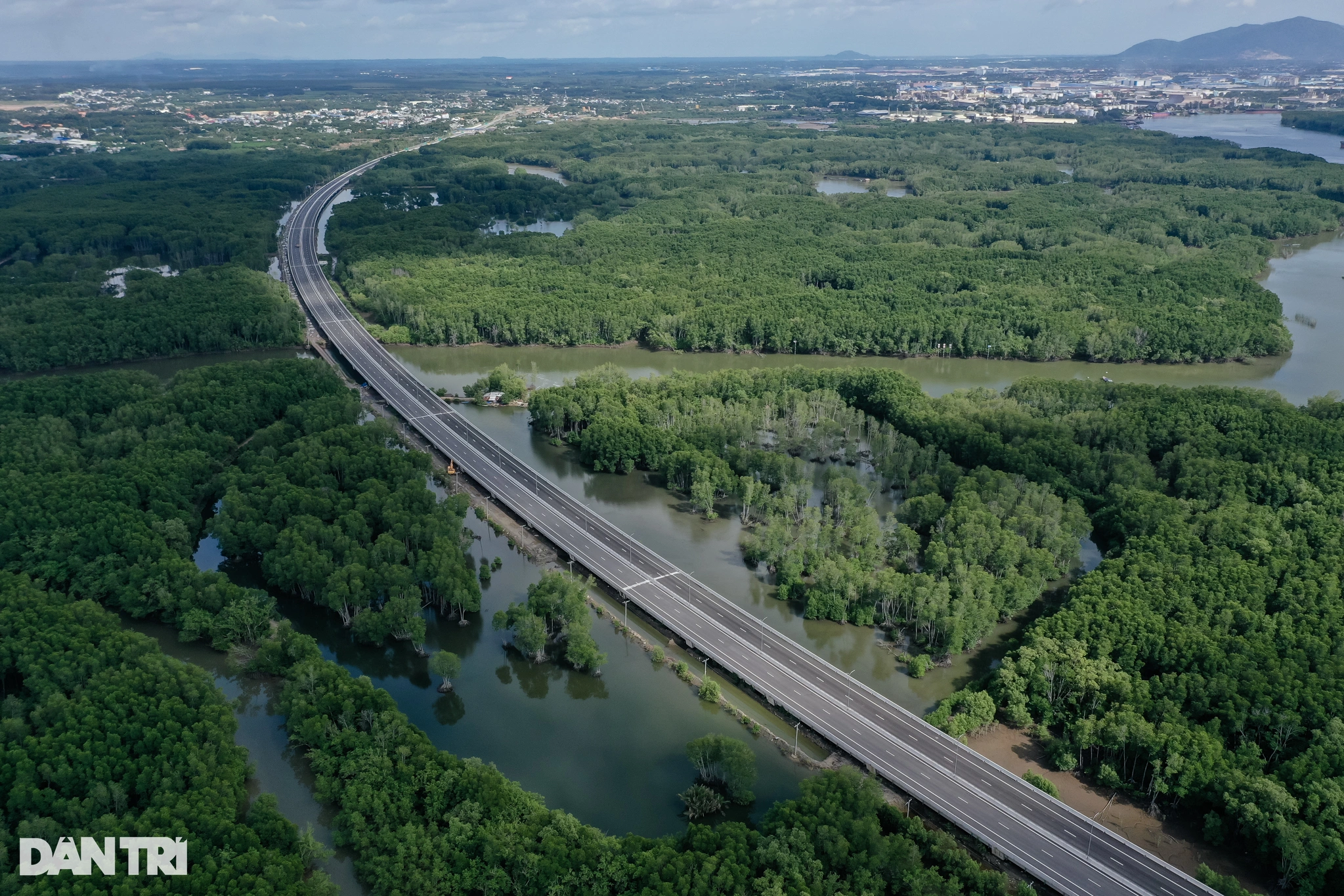



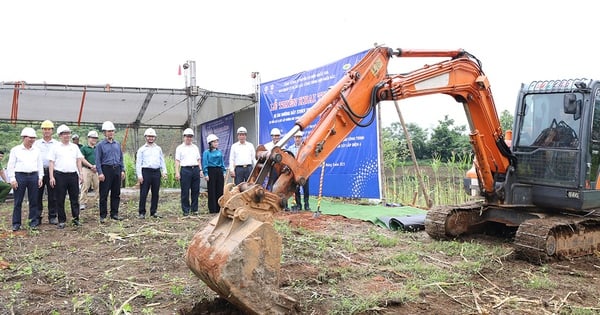
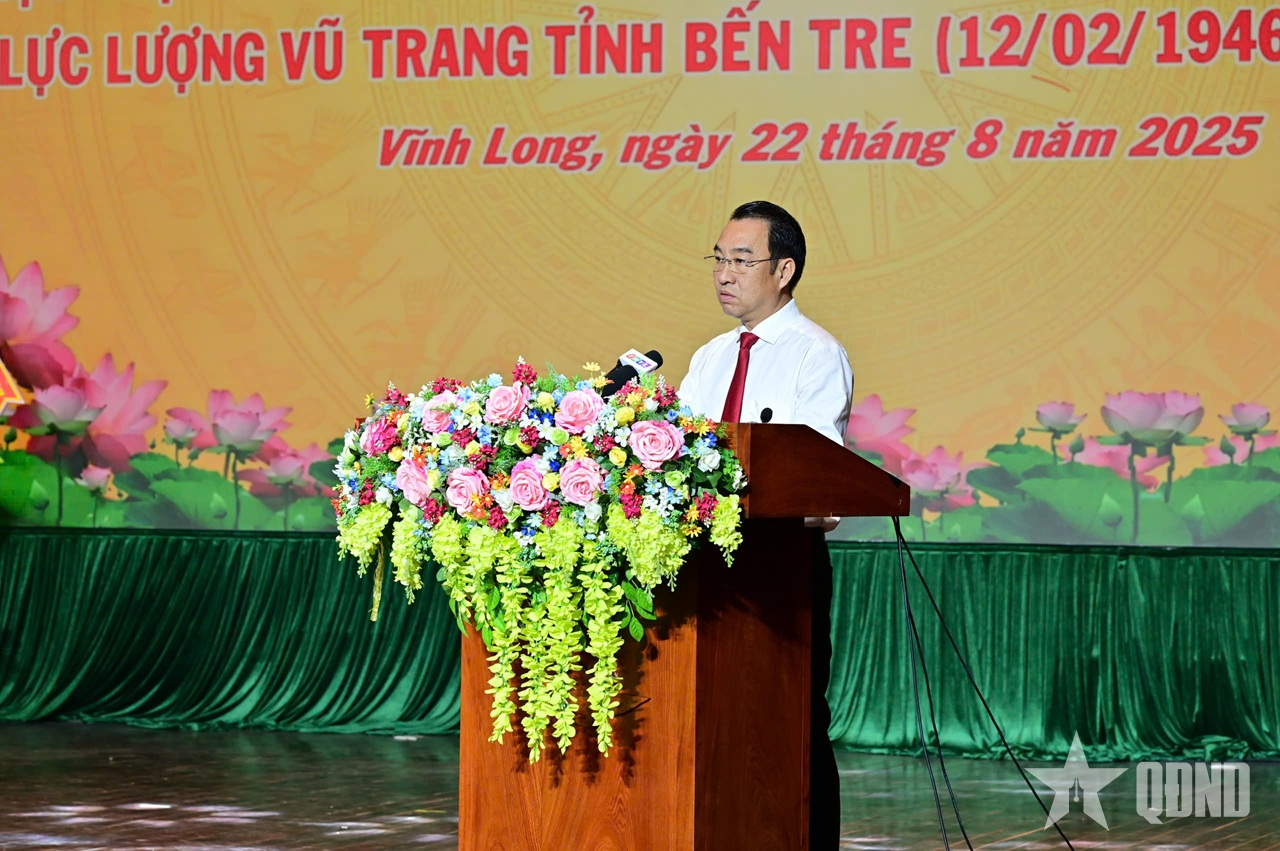

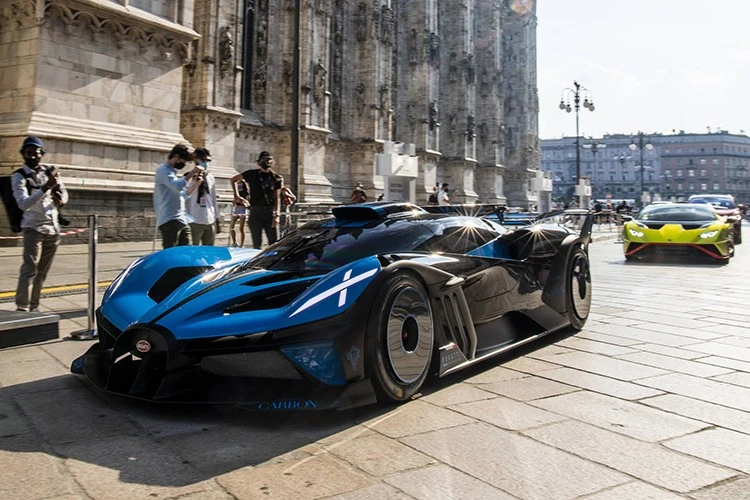


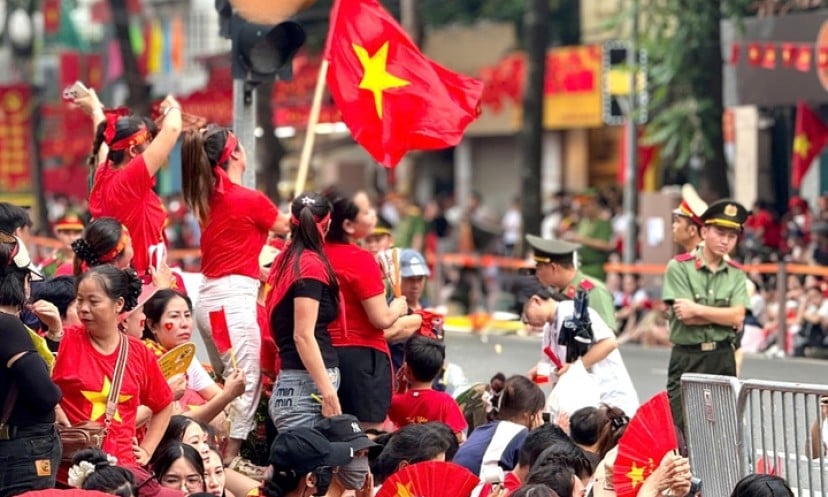

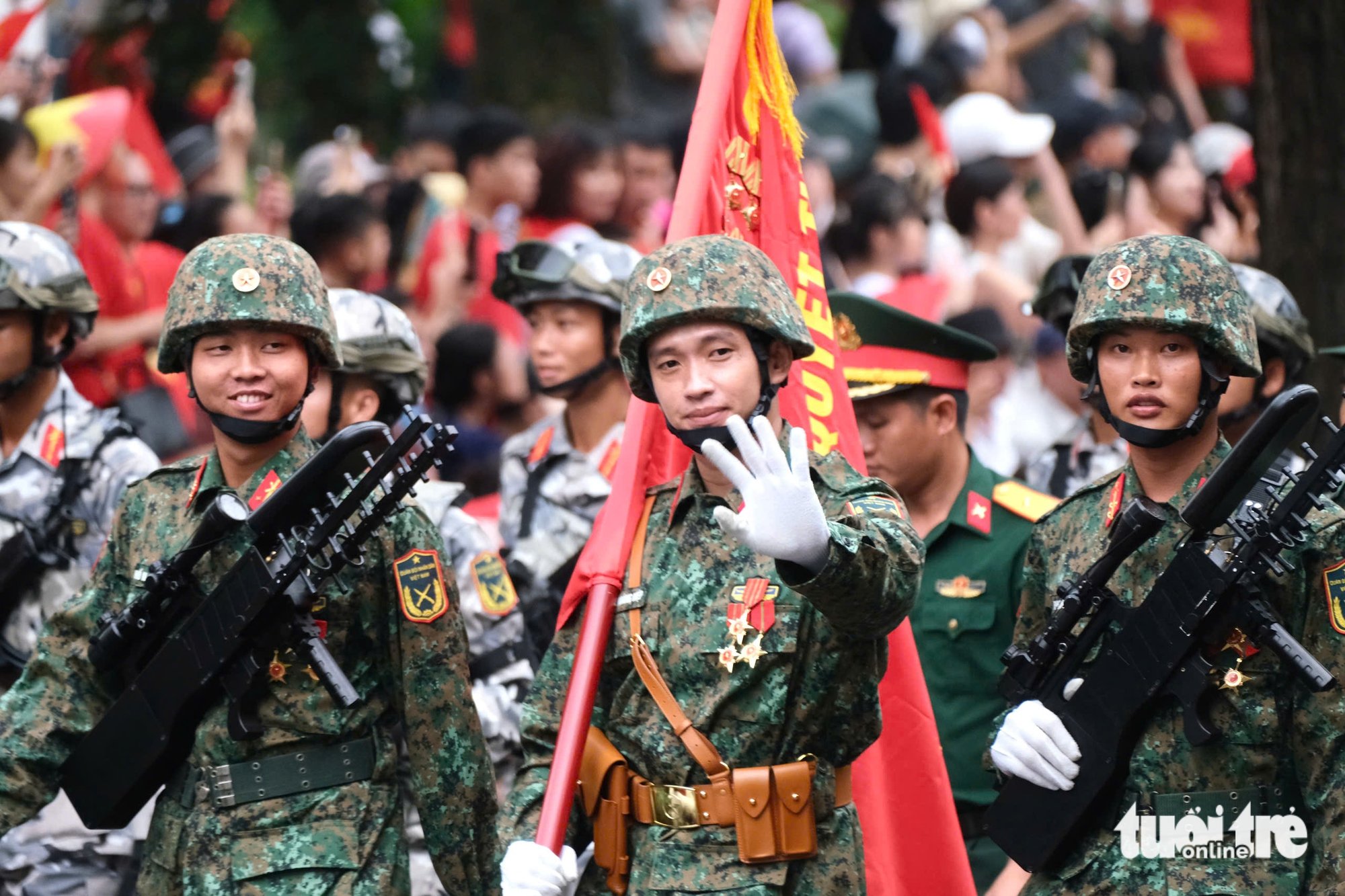


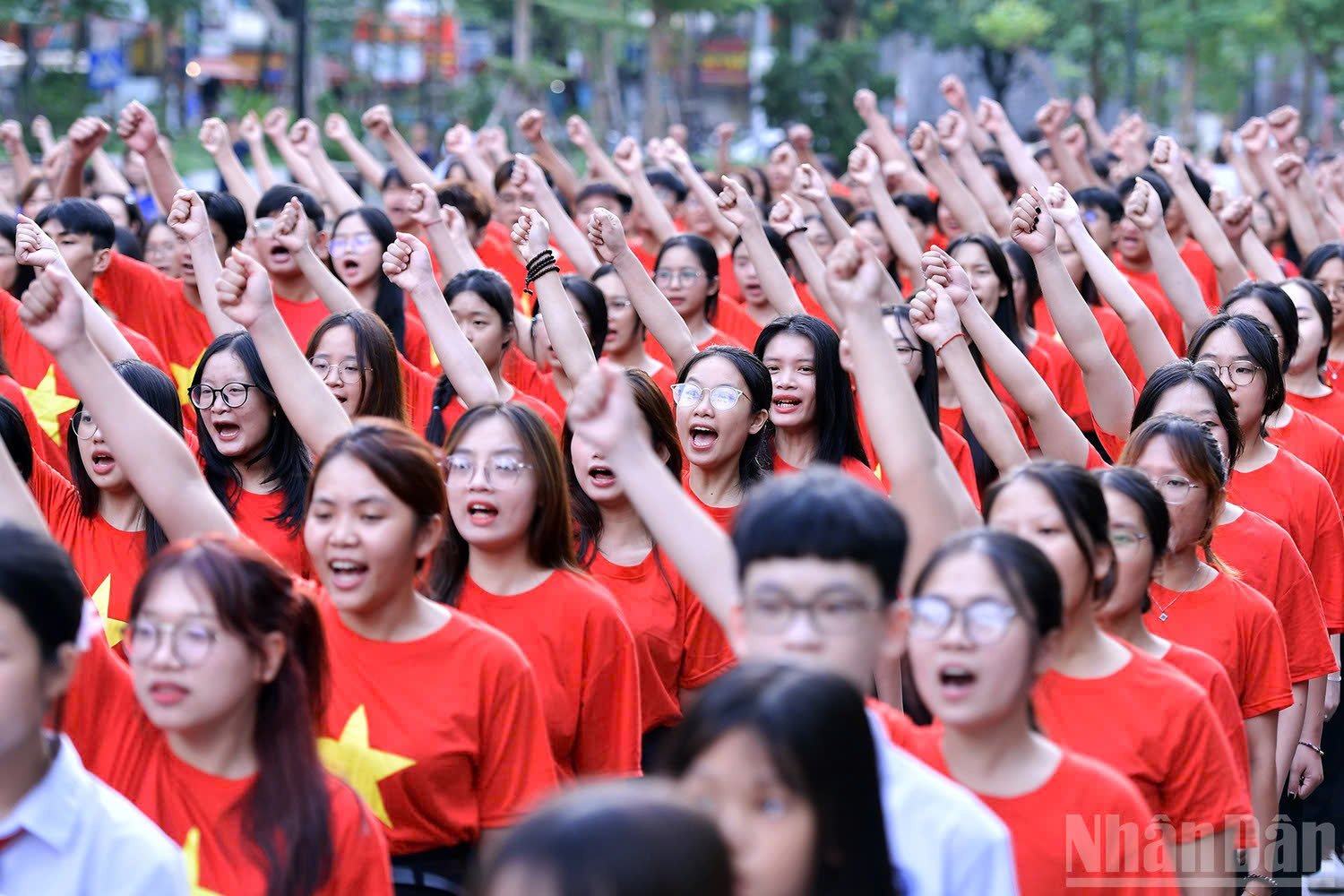







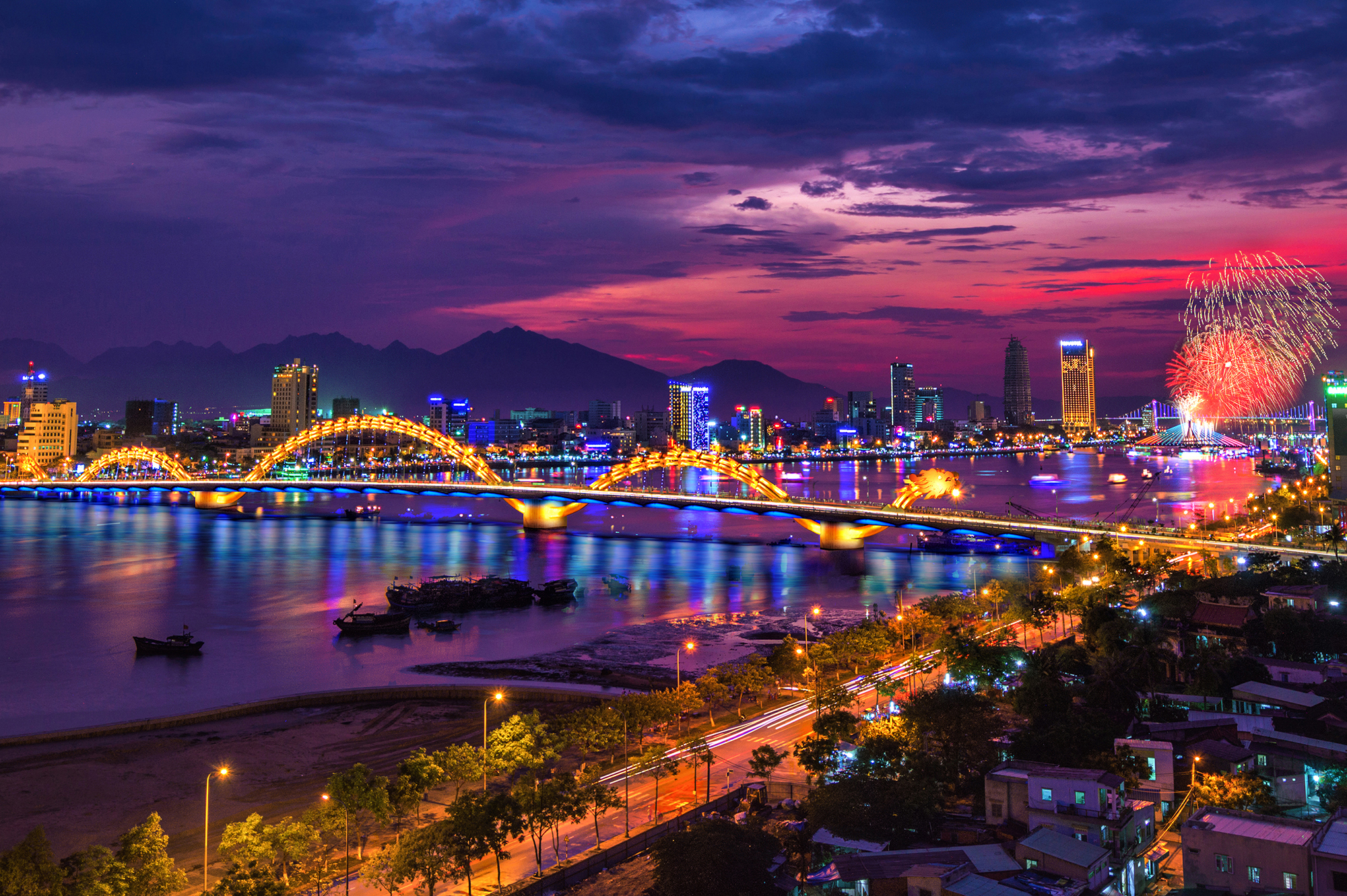

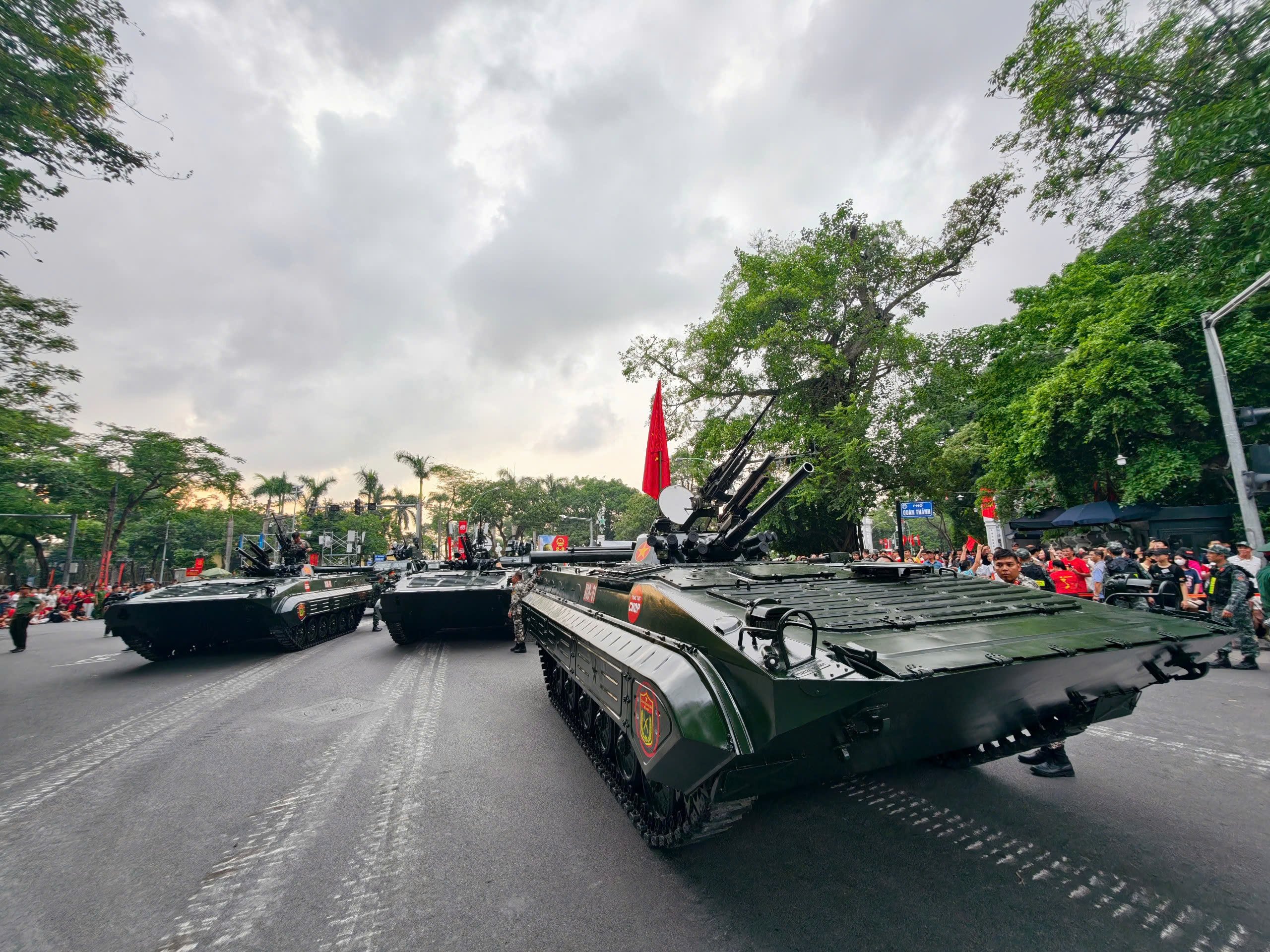
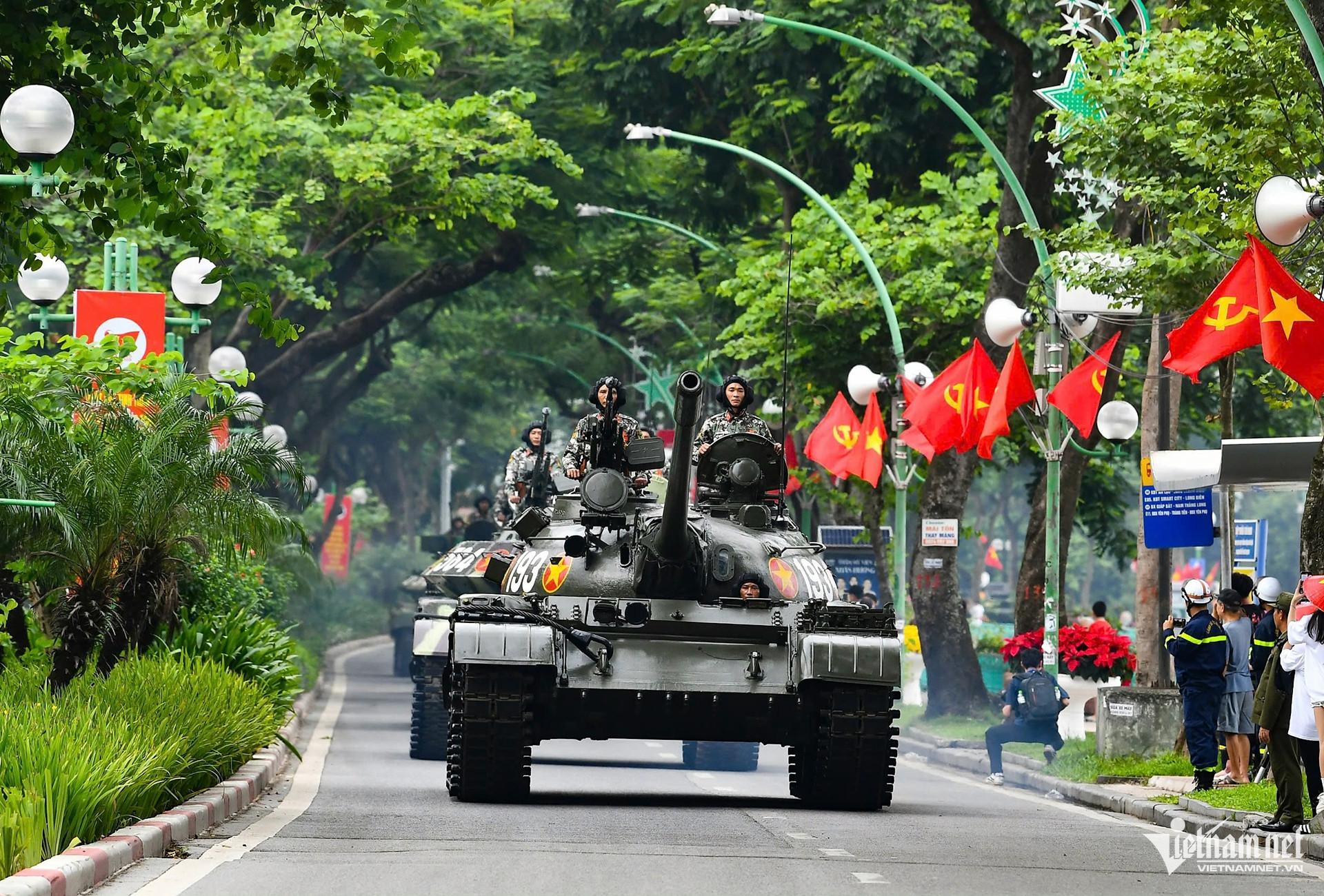
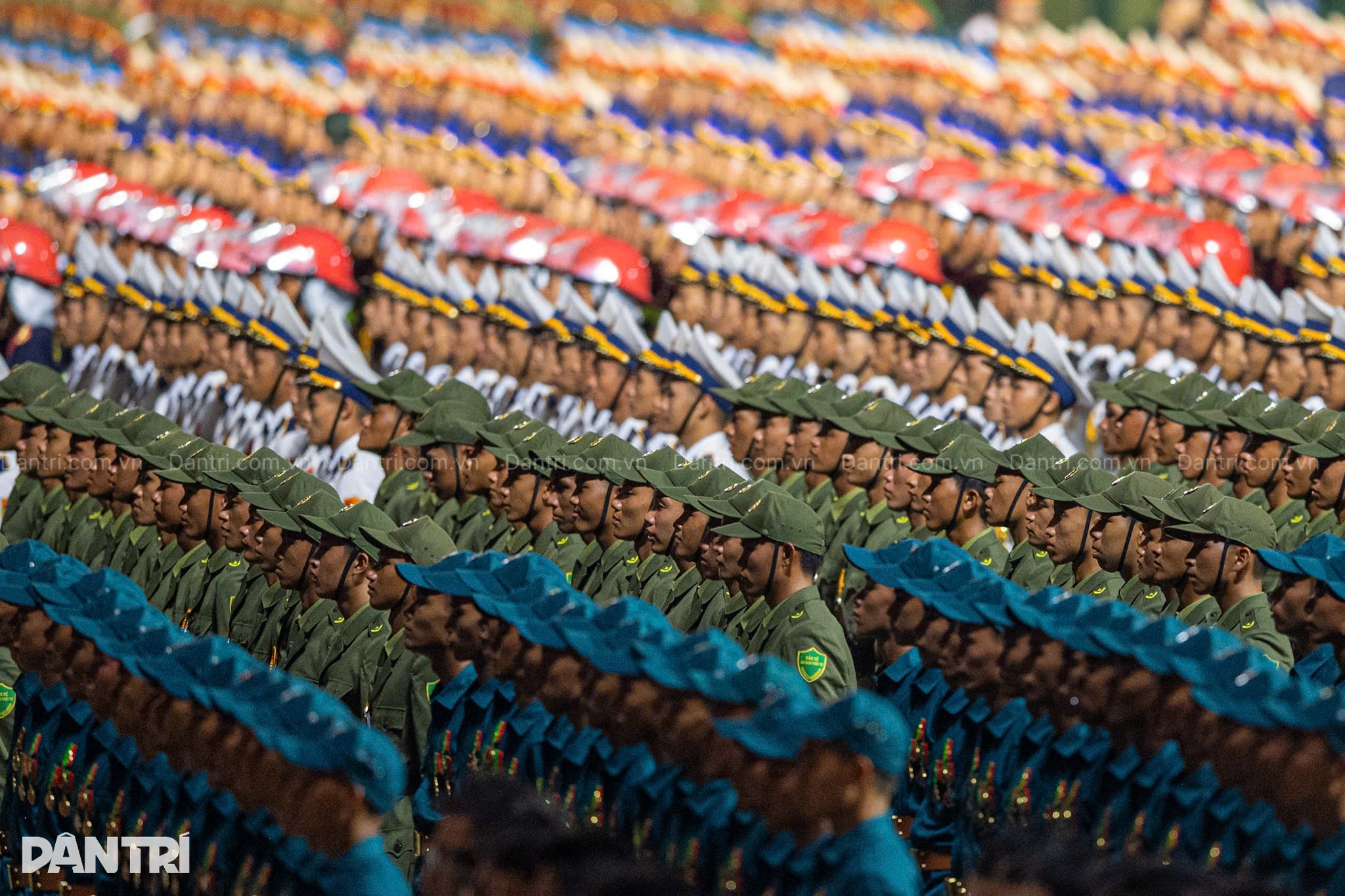

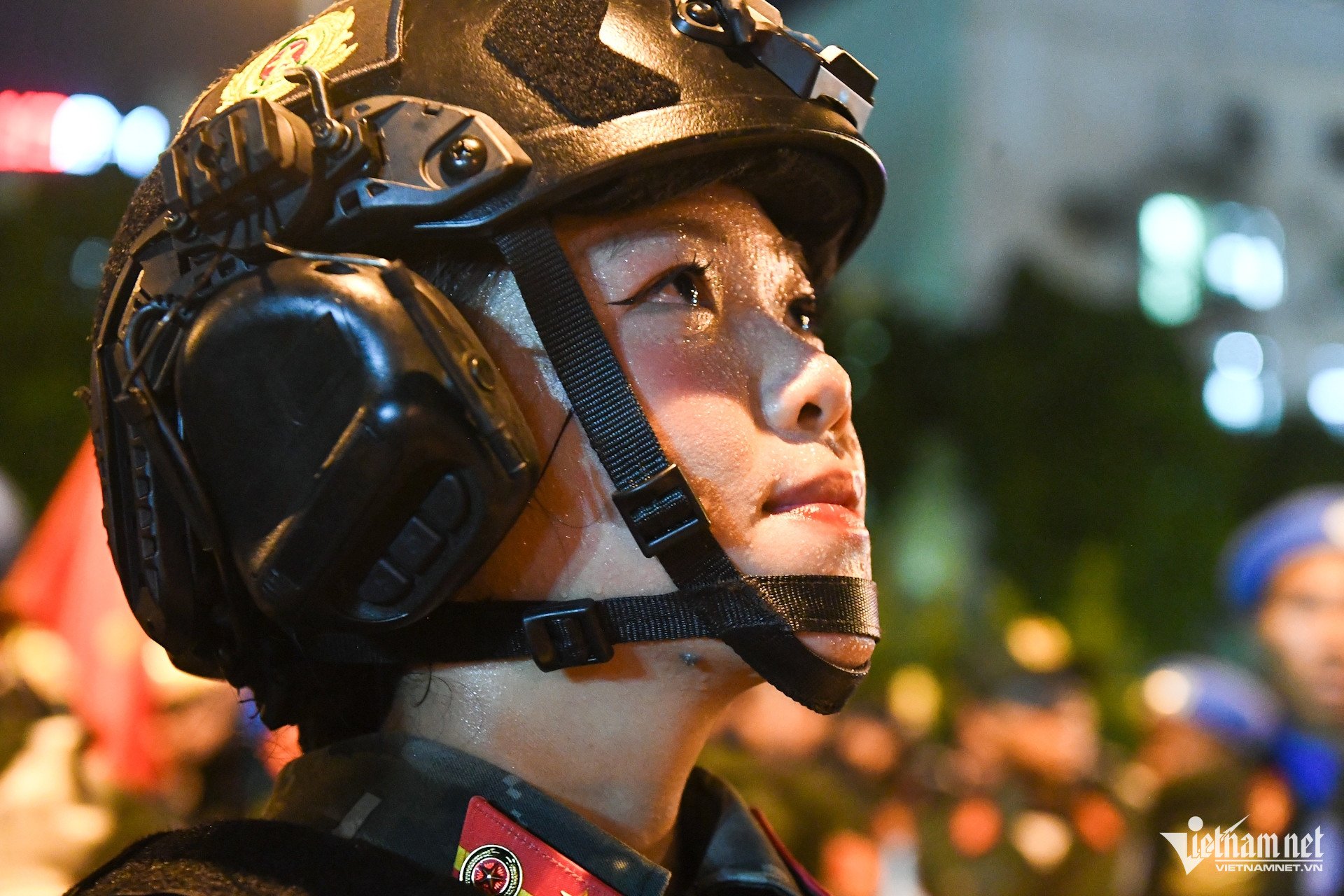
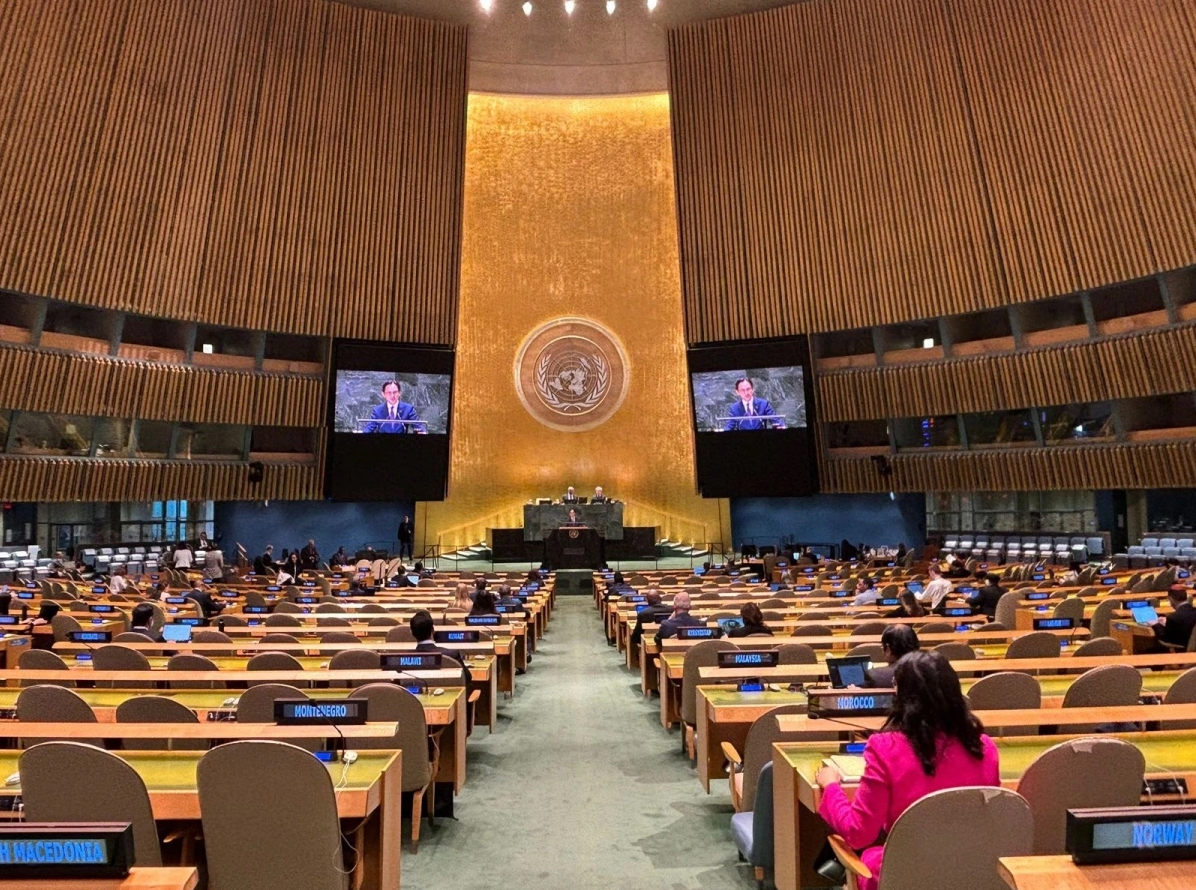


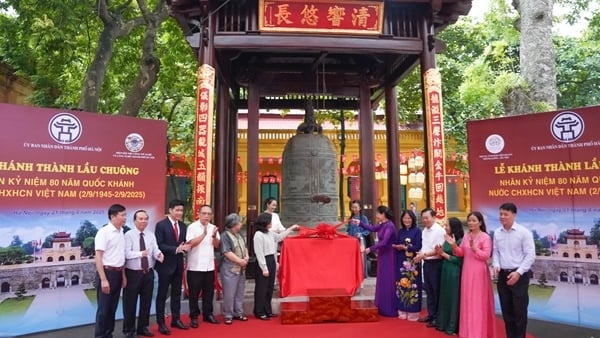
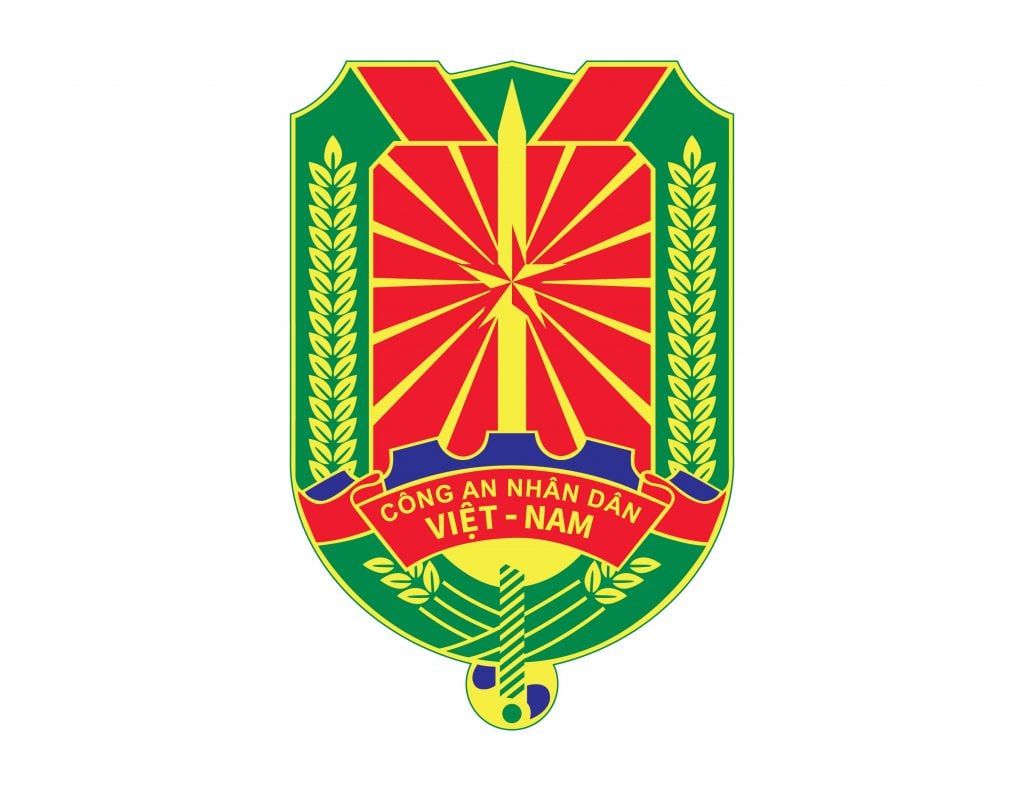
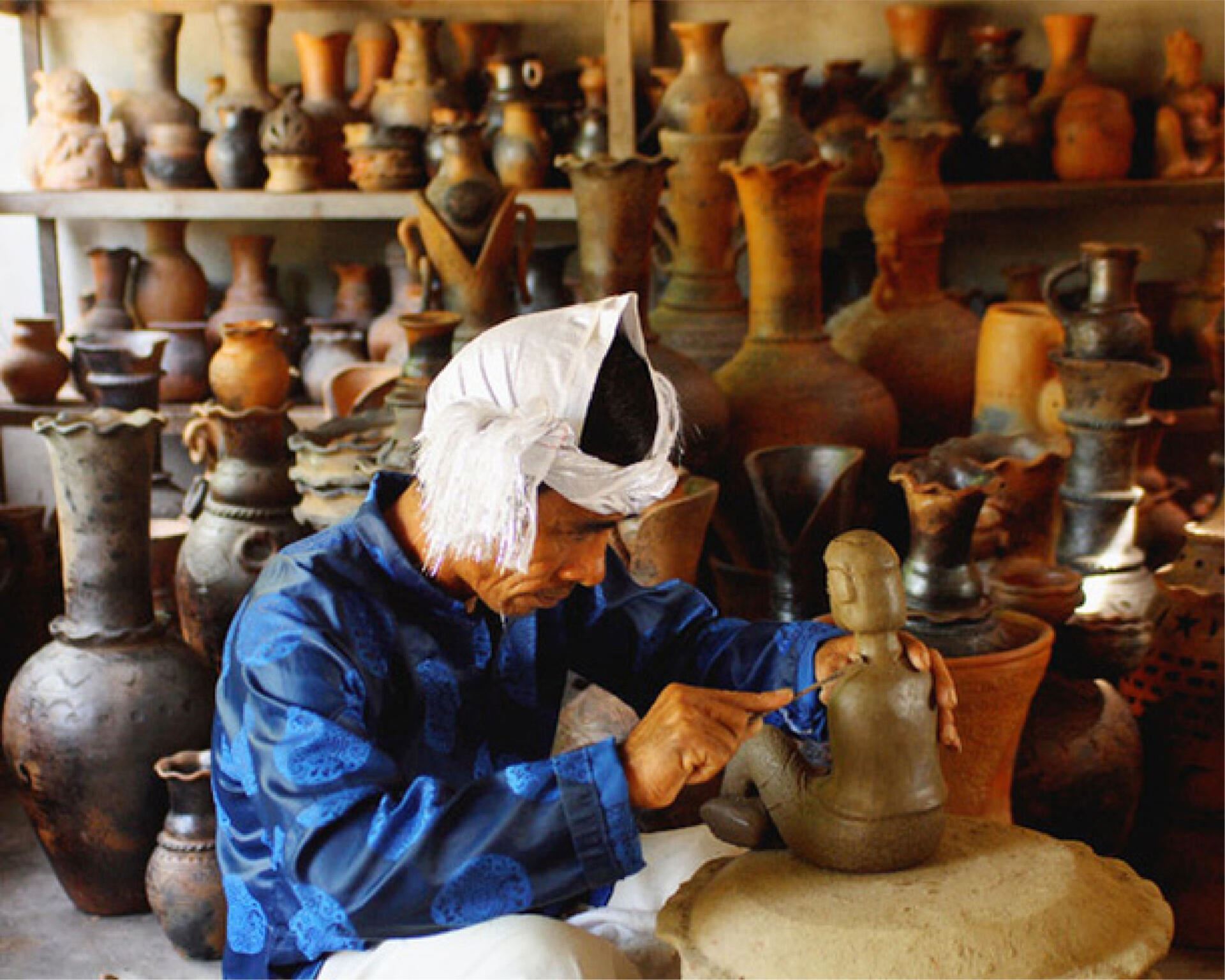


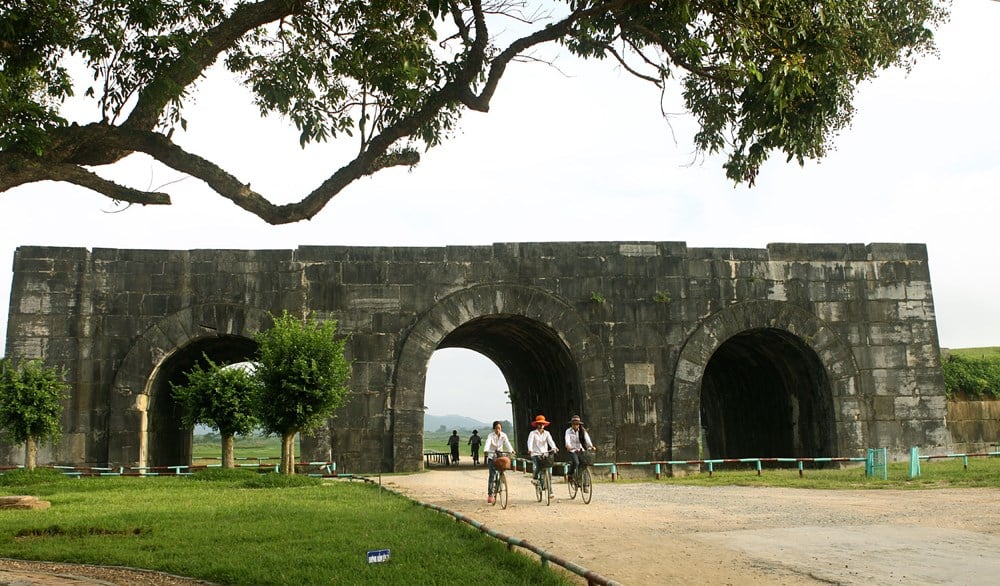





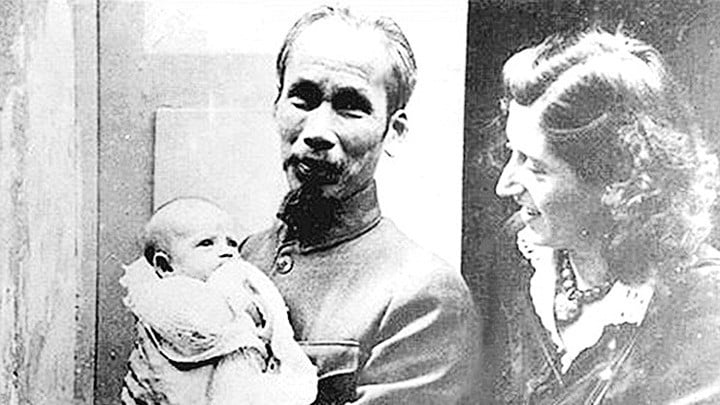




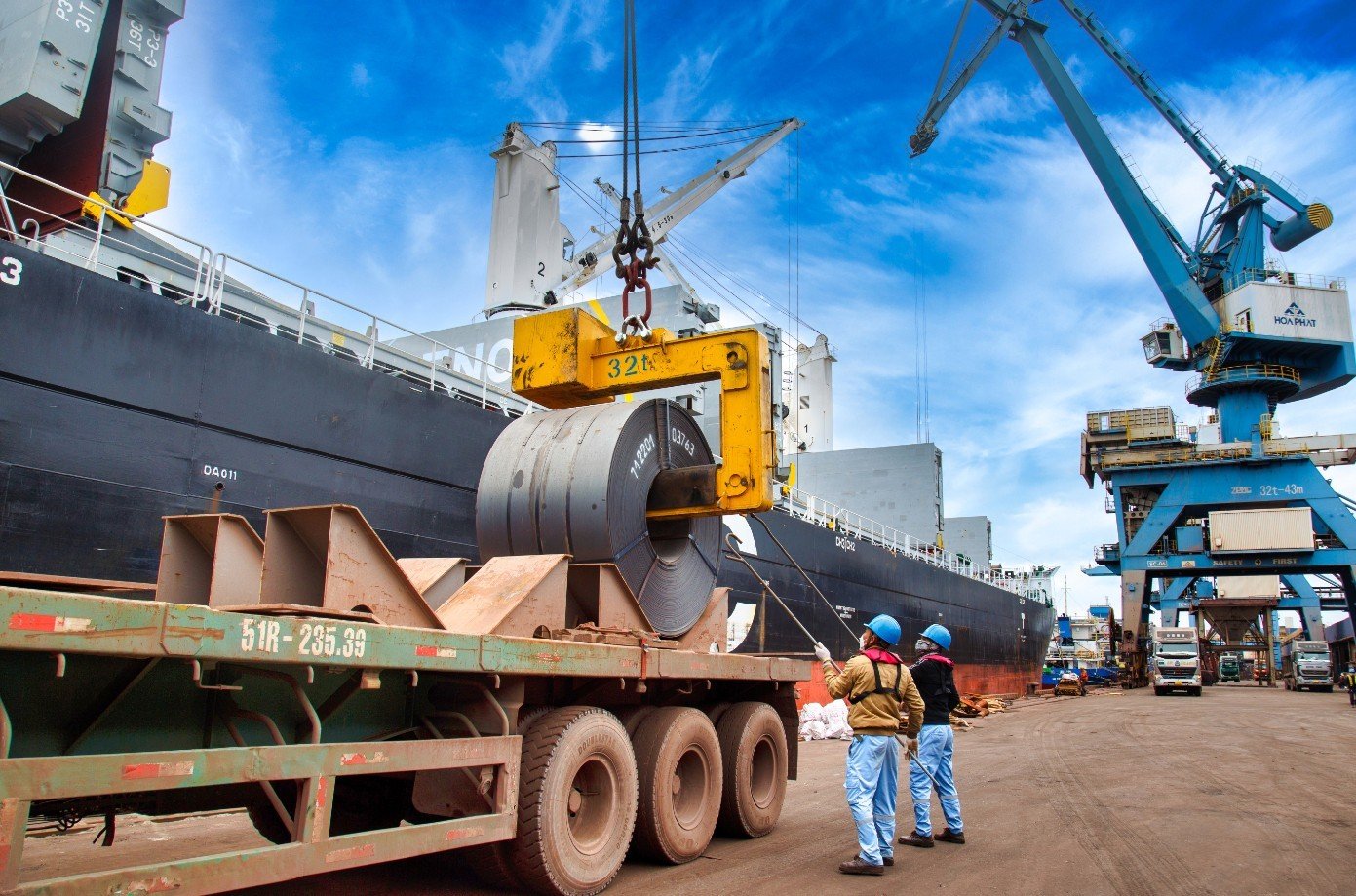

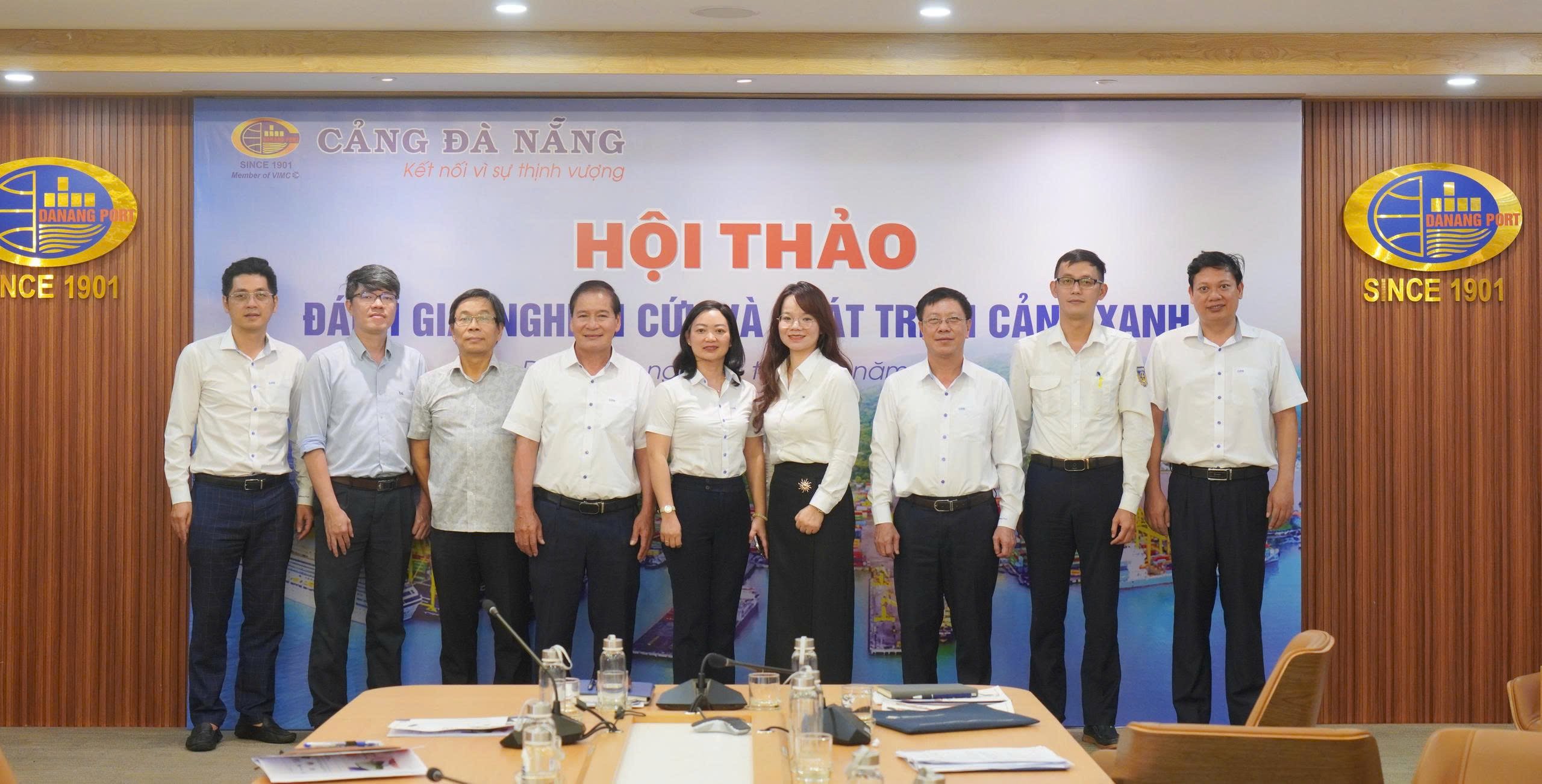
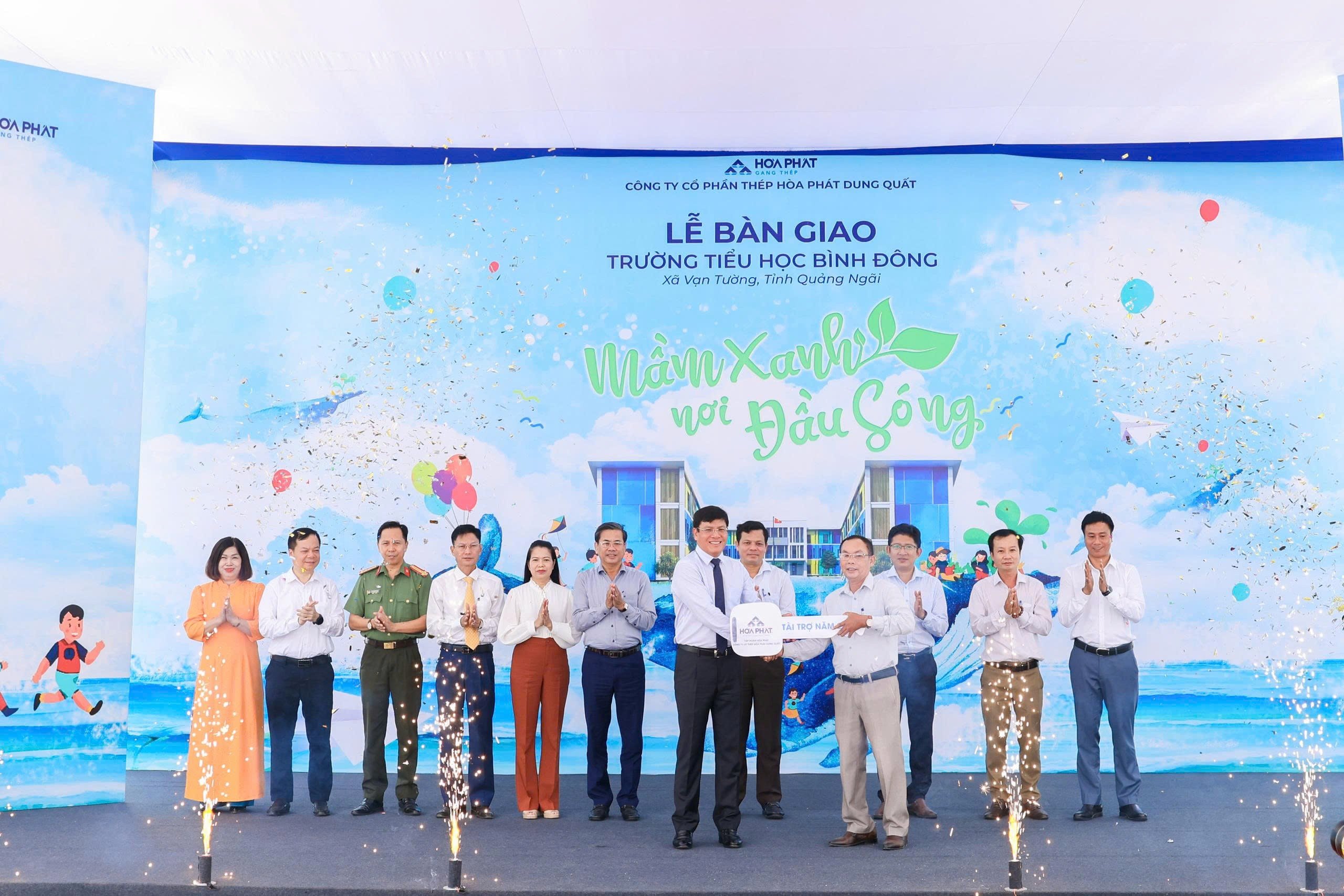
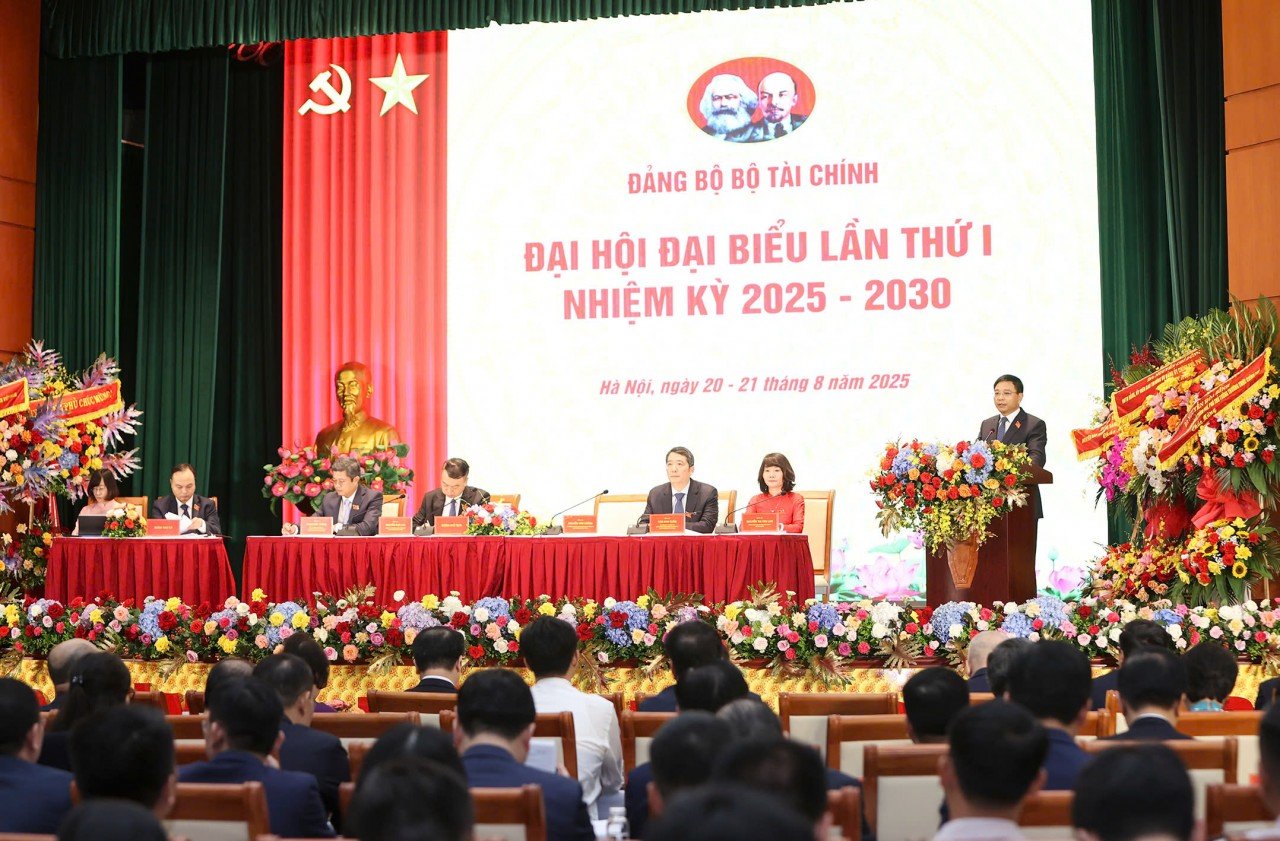
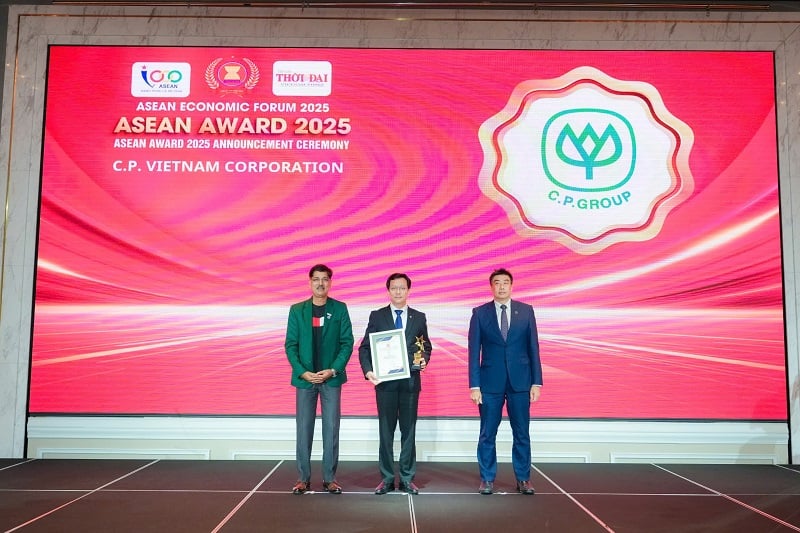

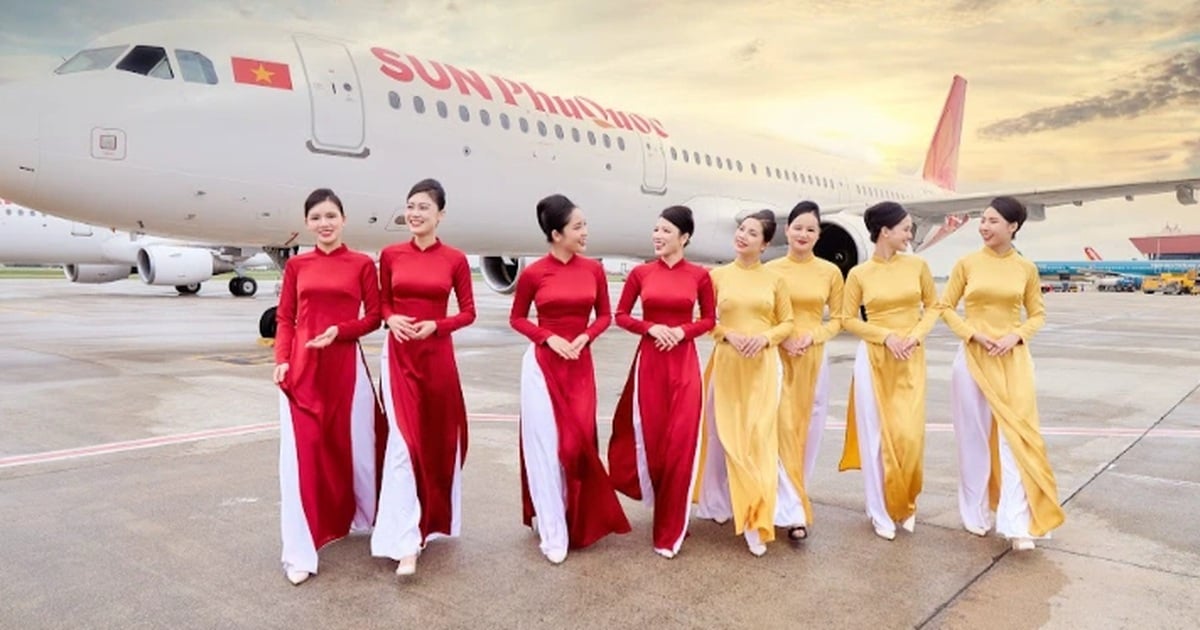
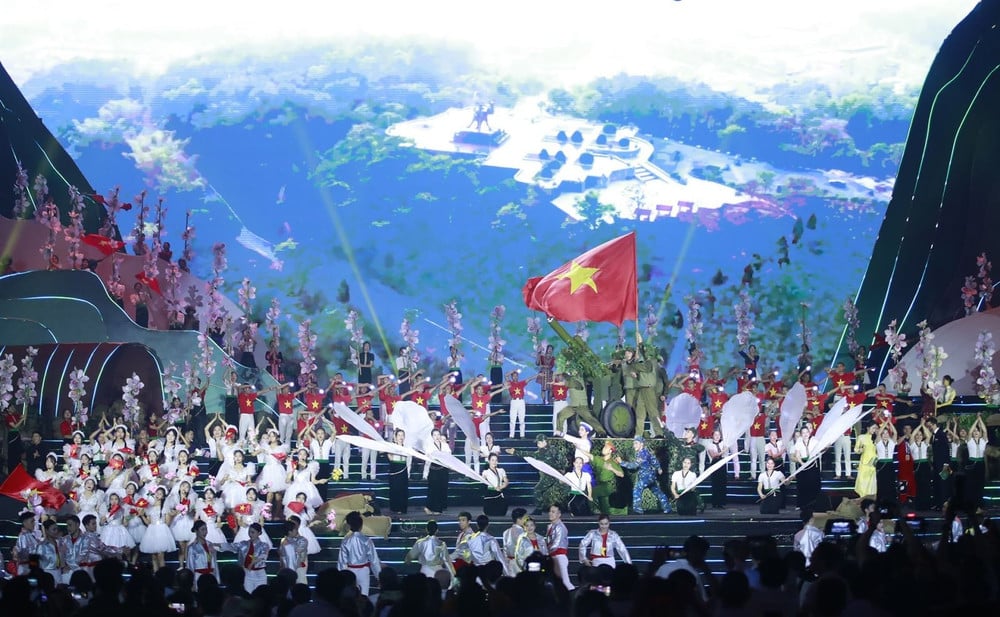

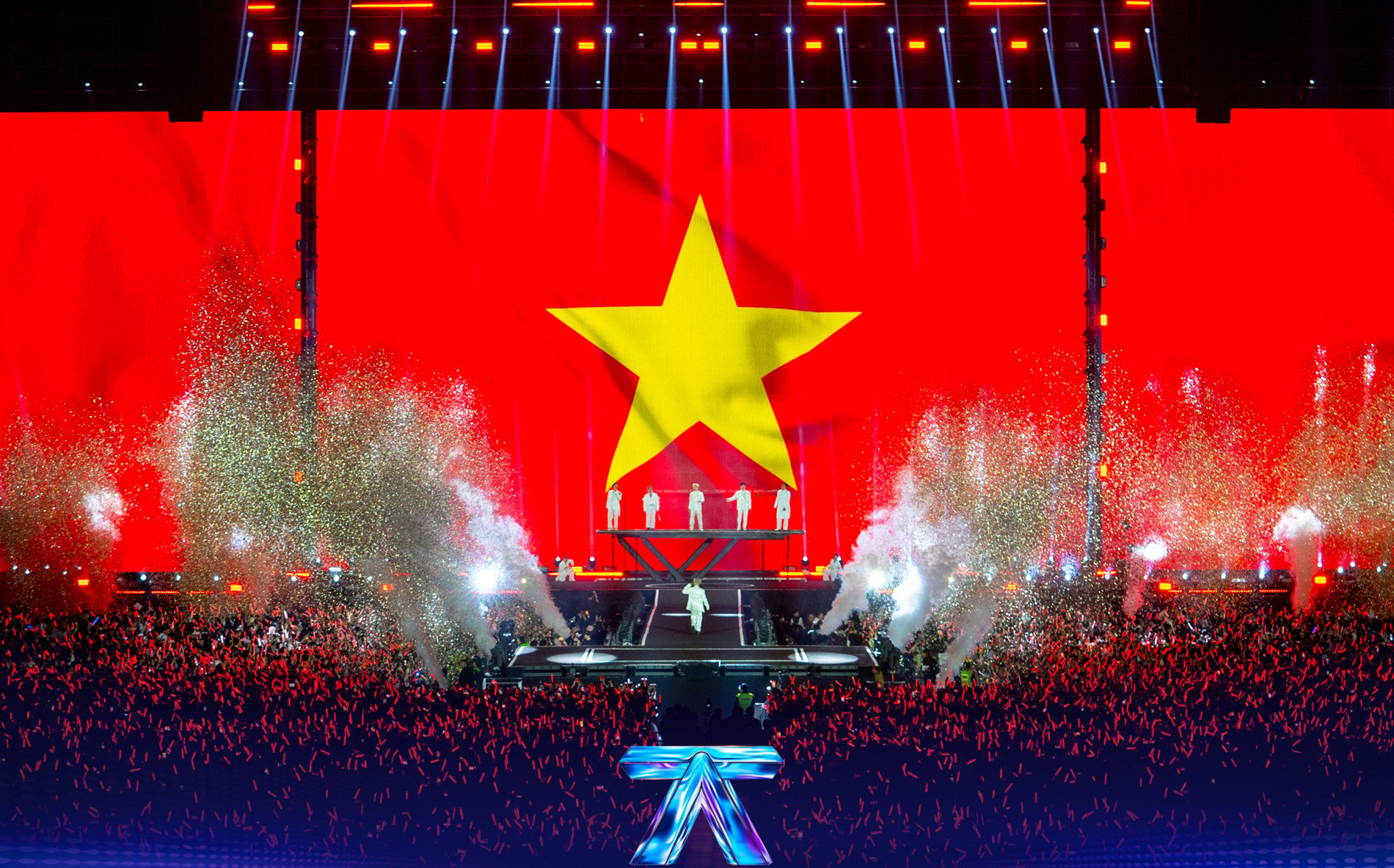


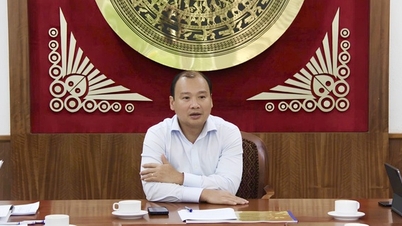

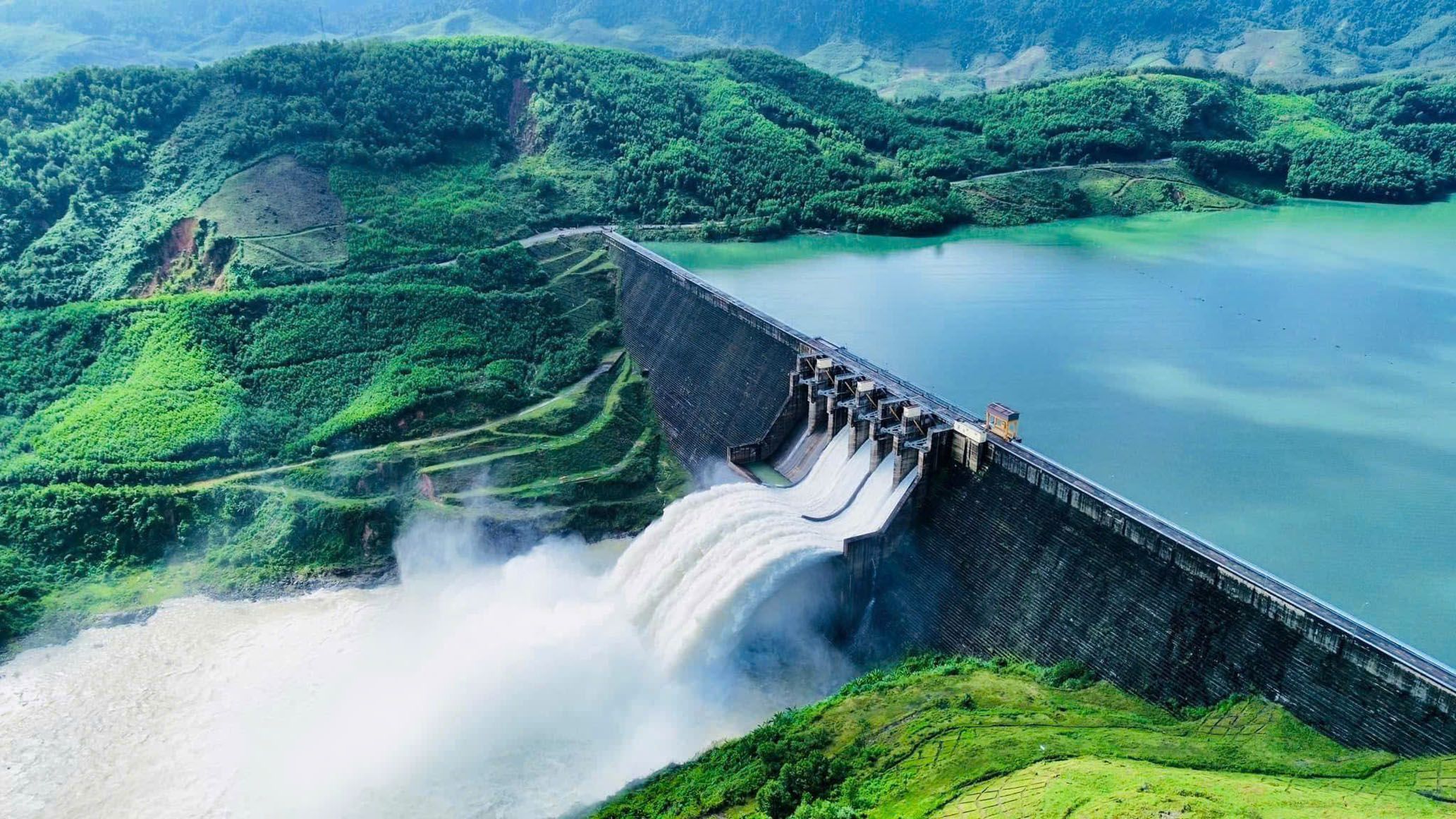
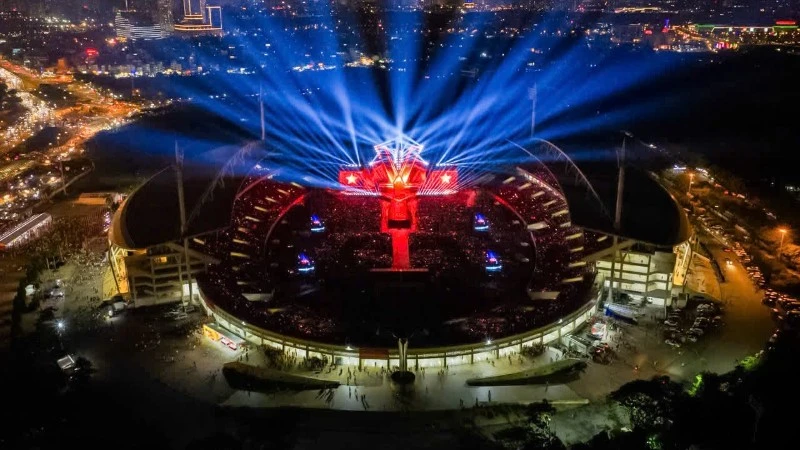
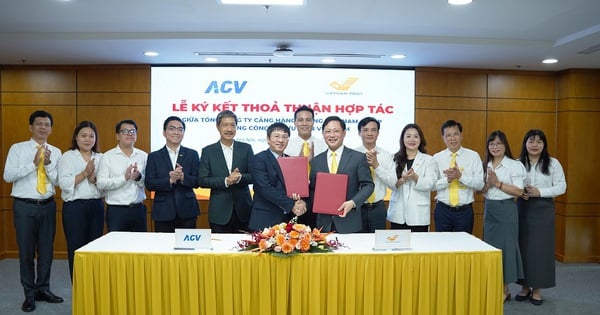



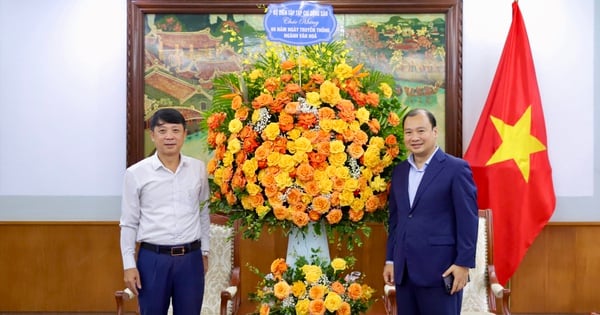
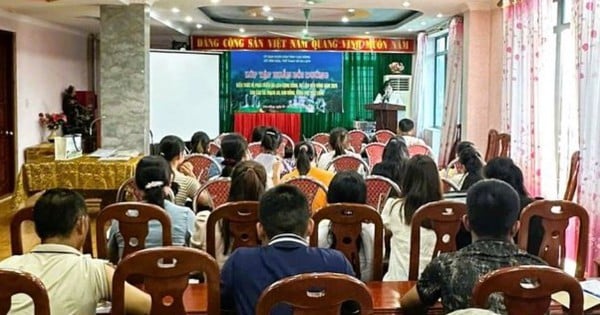
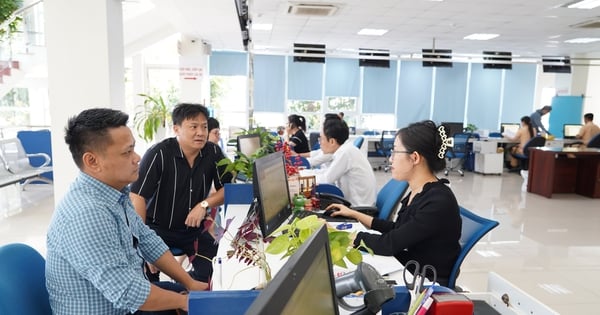




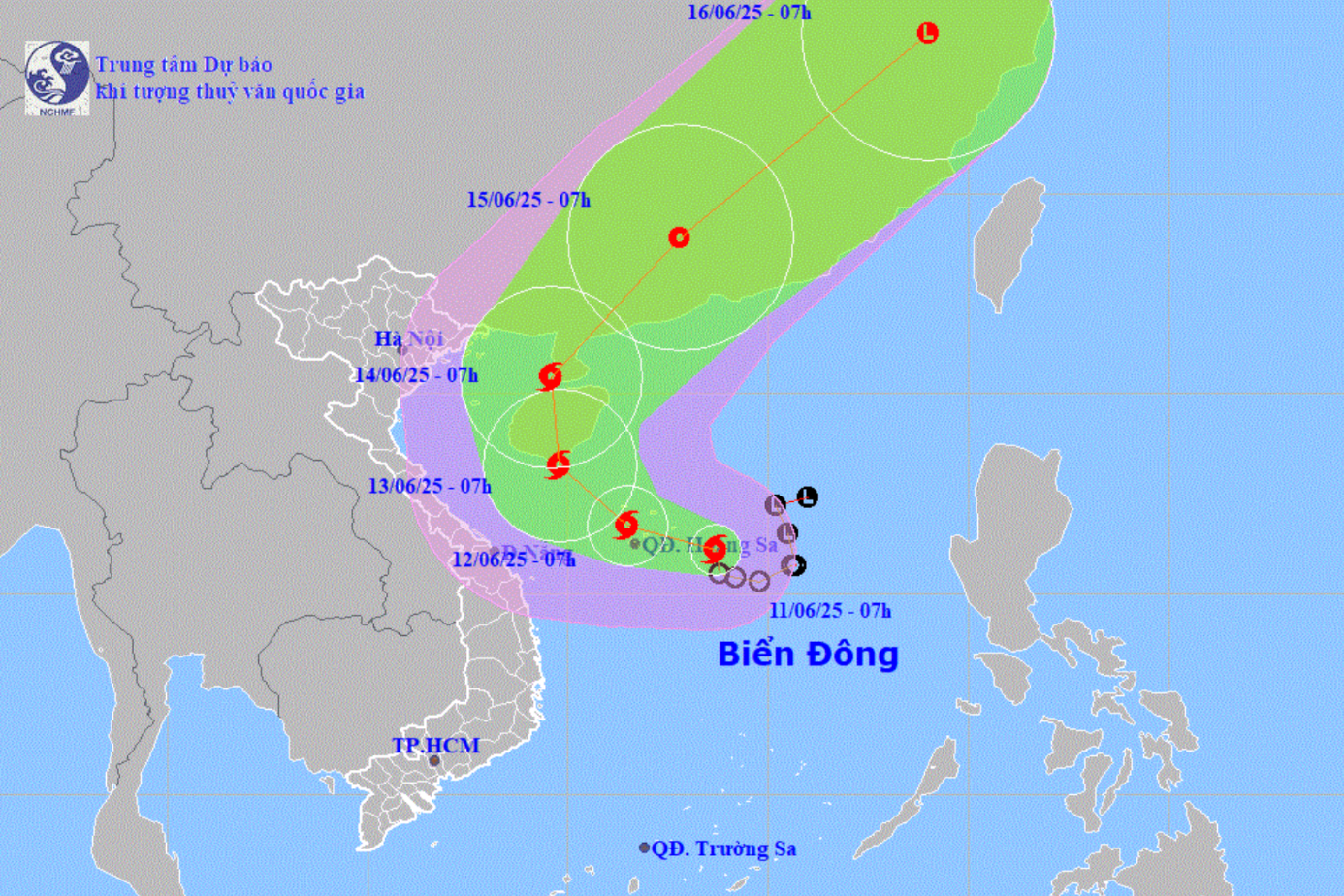
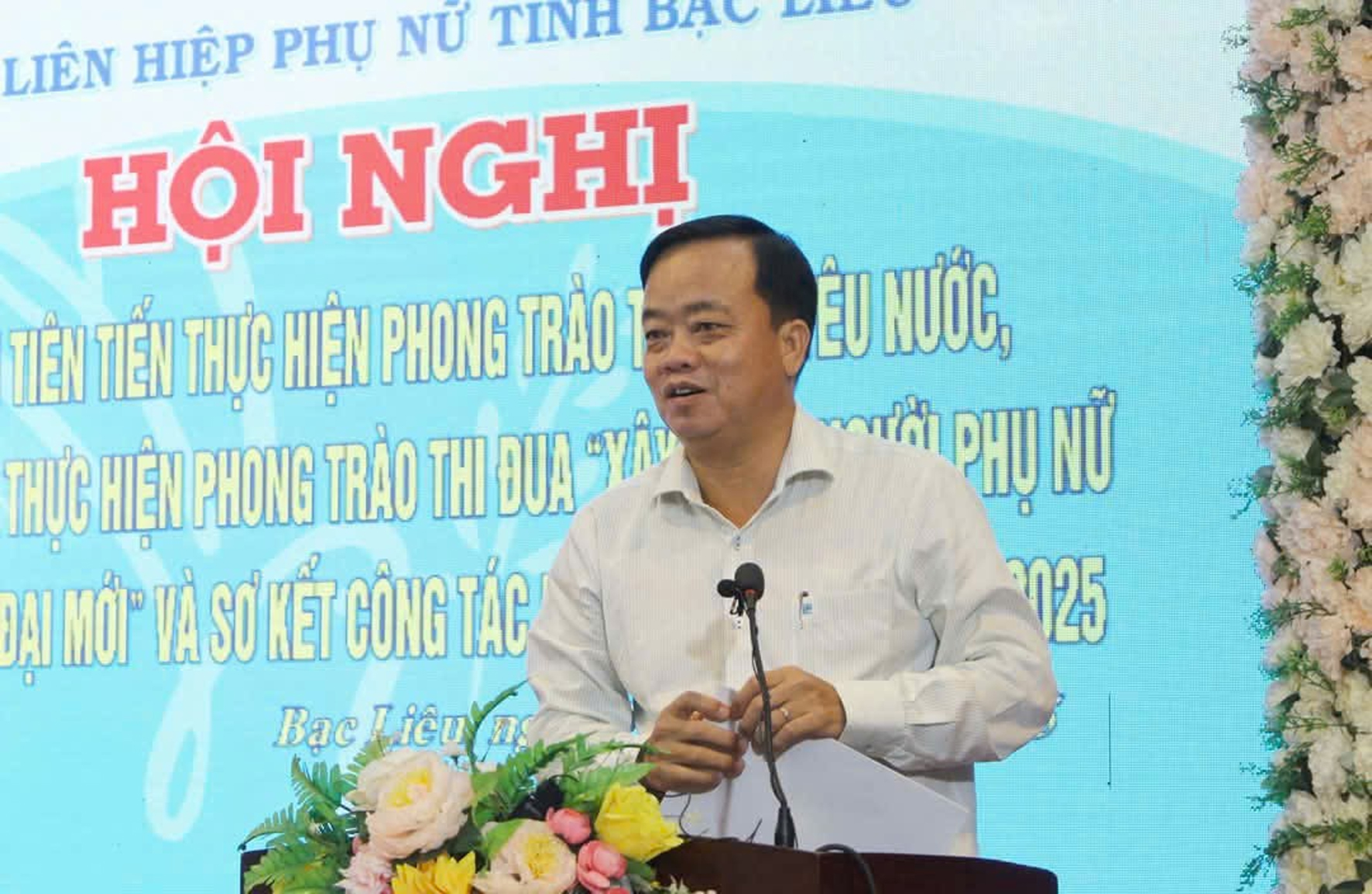
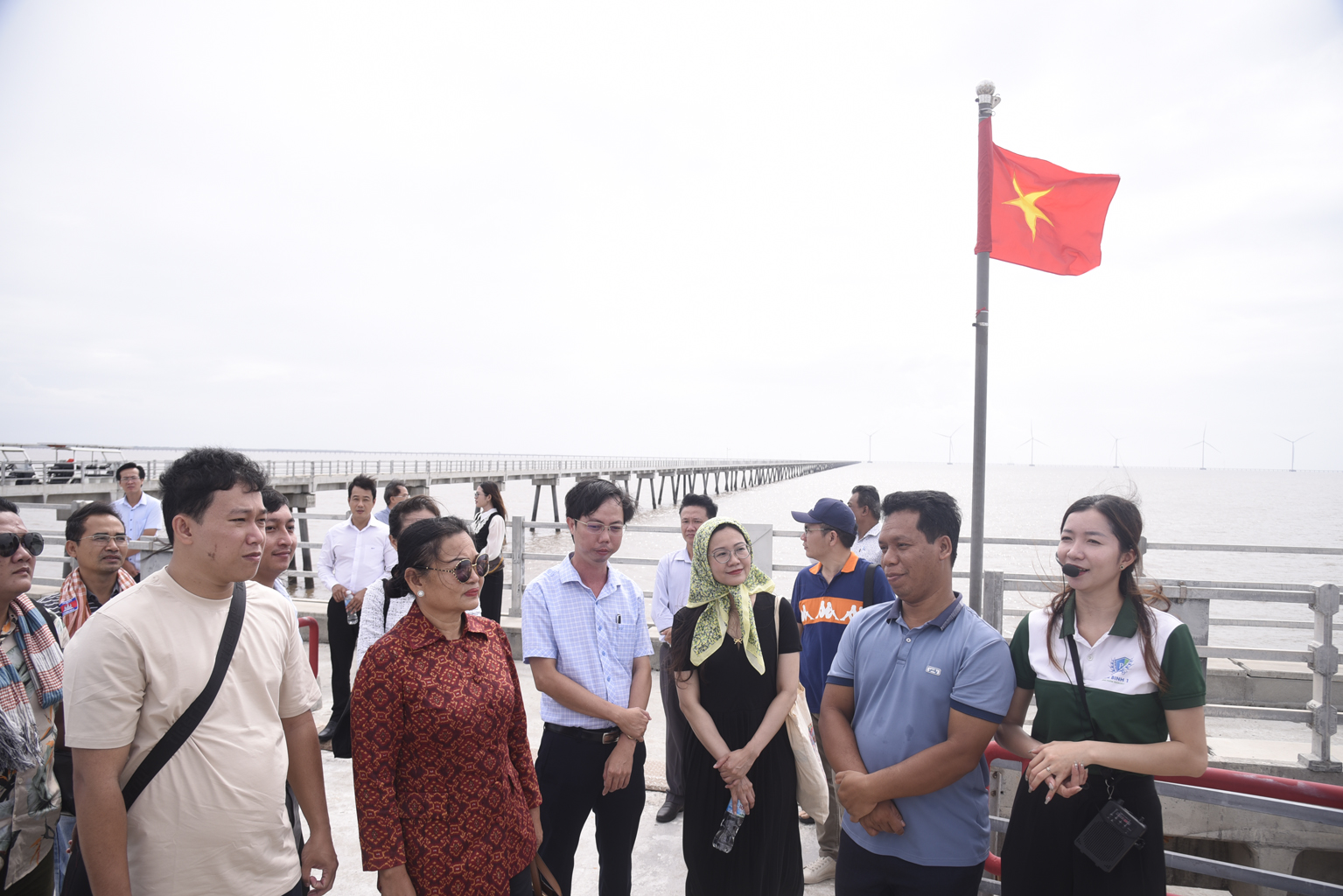
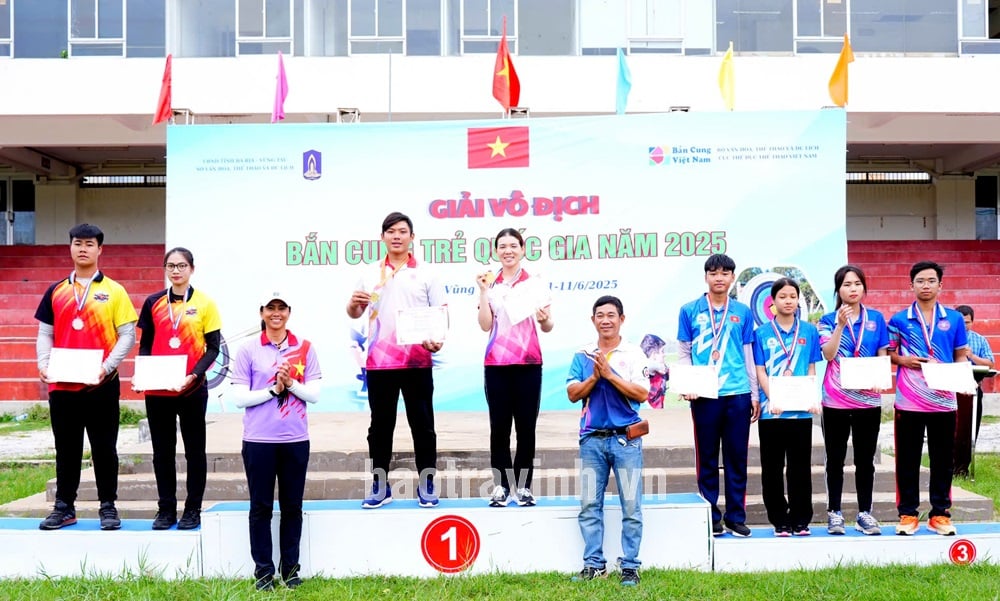

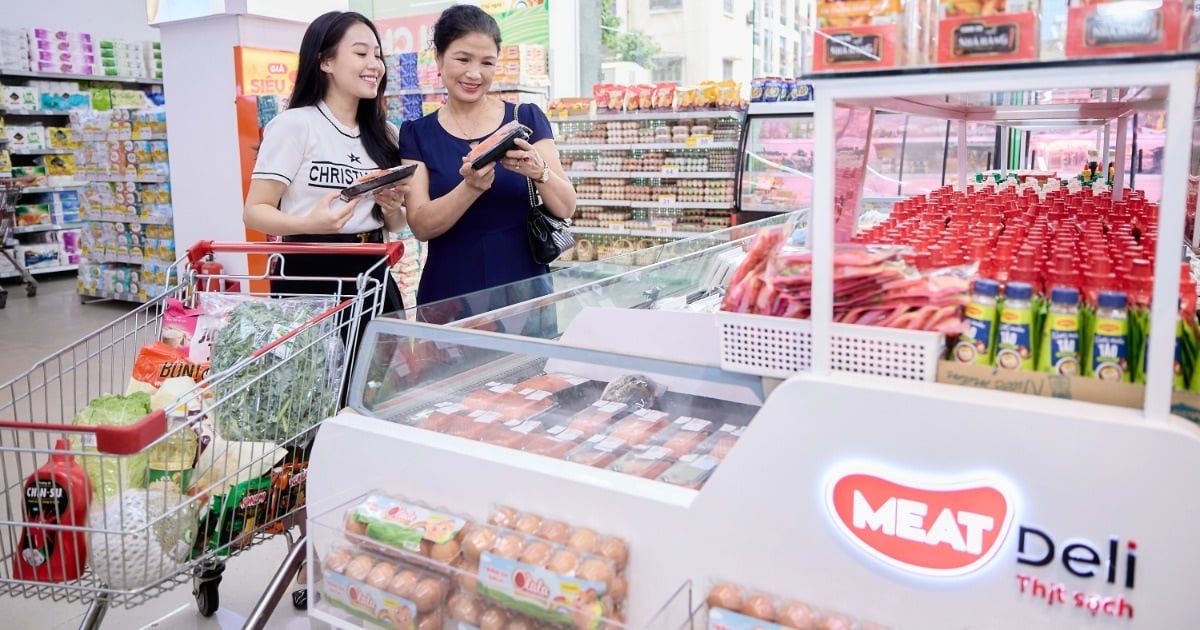
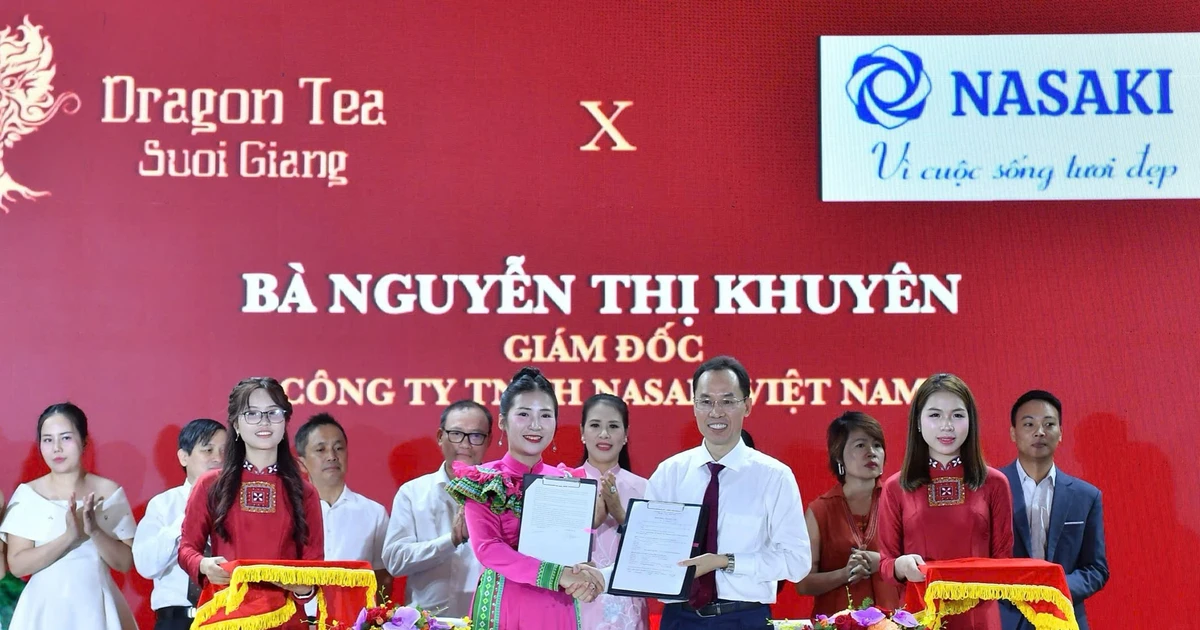
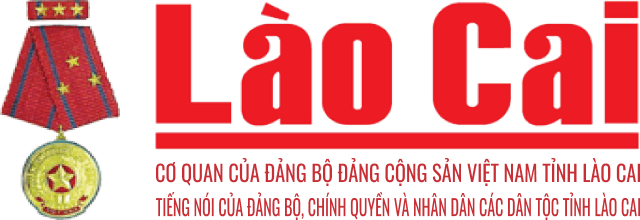
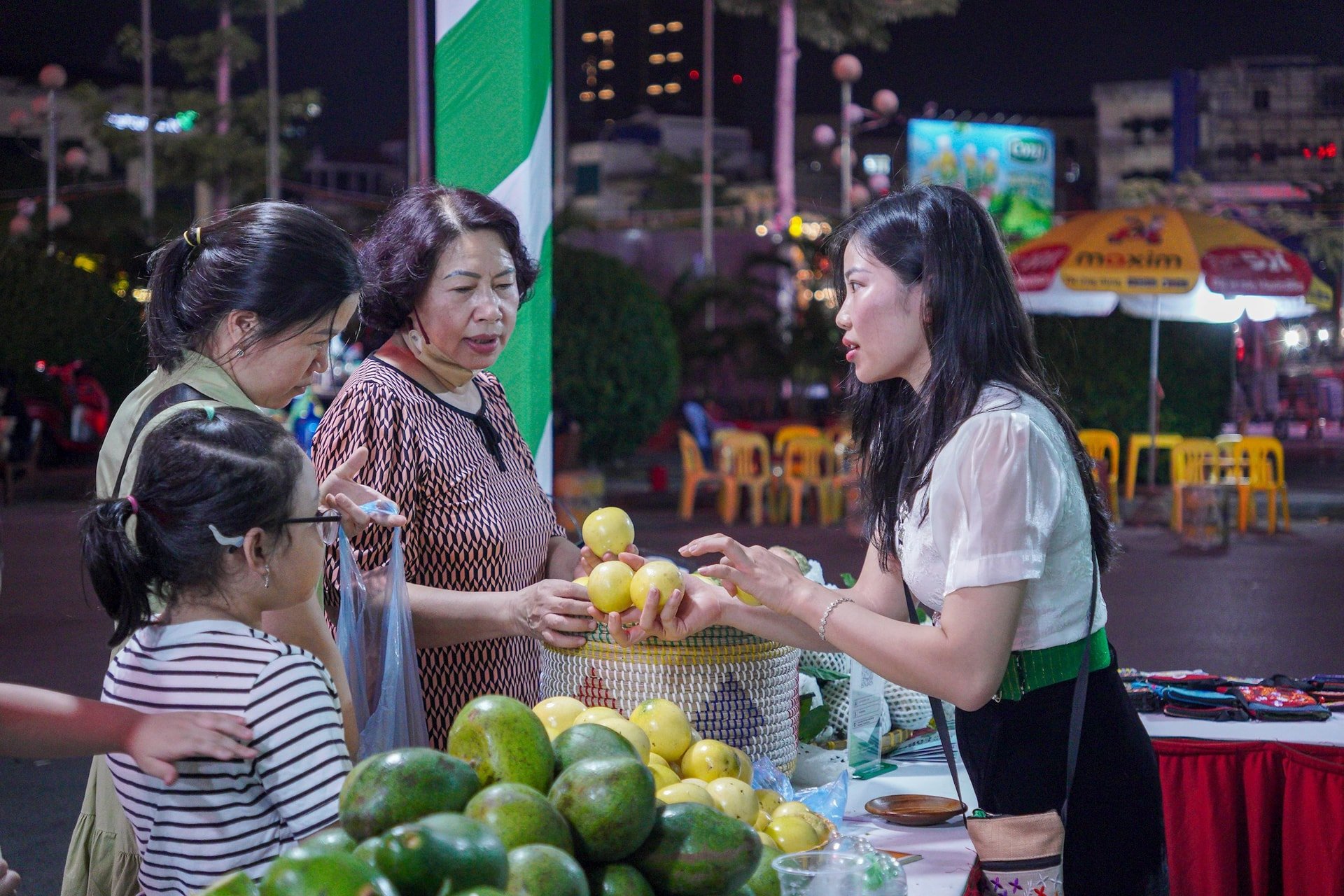



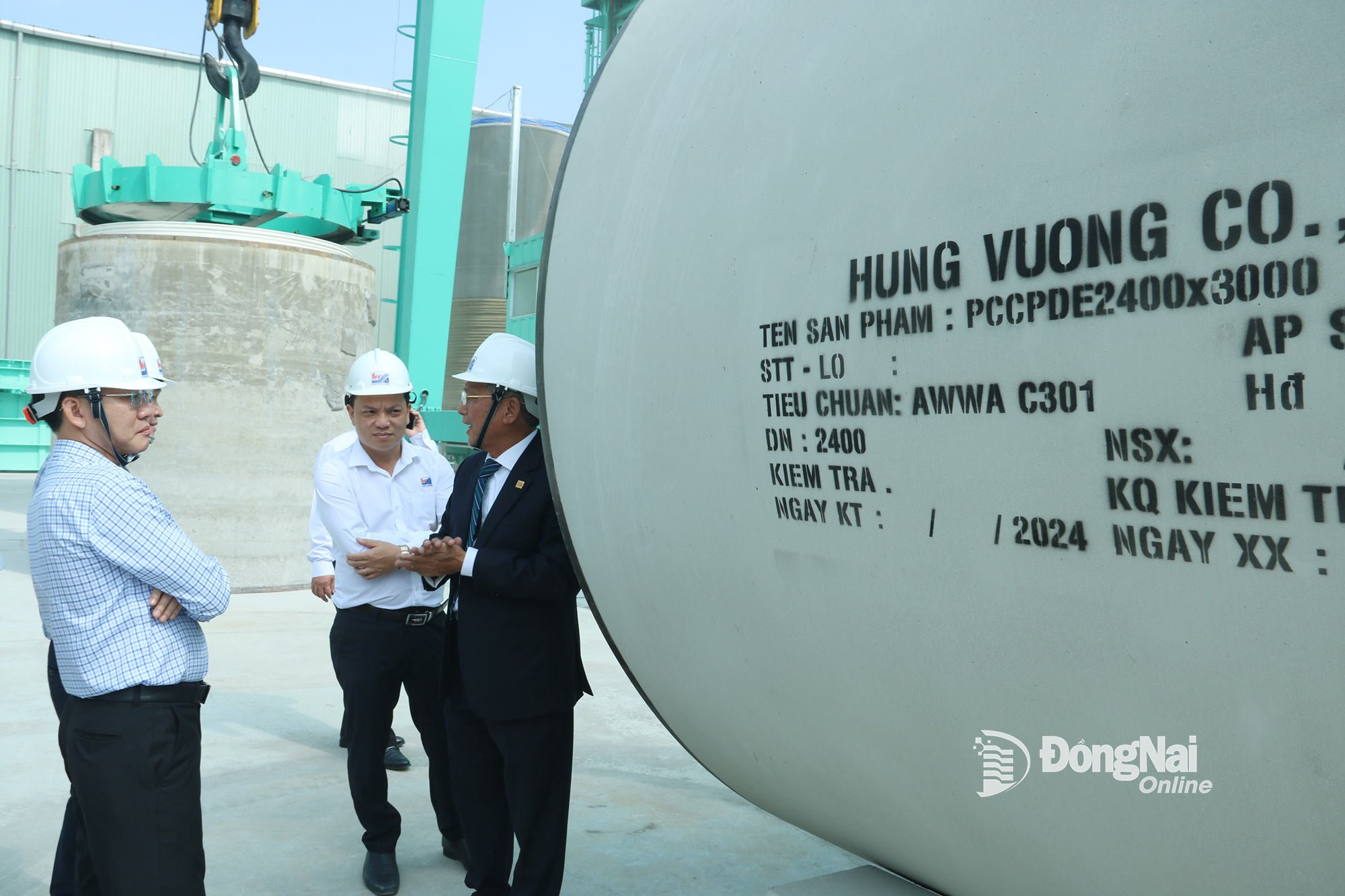






Comment (0)